In Pompei, we stayed at a family-run campground. Once we entered, we were shown a spot and guided through the facilities right away by the owner Giuliana. Her husband served us lemon tea and home-made lemon liquor together with cherries while Giuliana gave us comprehensive information on the visit of the archeological sight in Pompei and the volcano Vesuvius. The campground was very well maintained with carpets laid out and soap on a pretty plate on every sink.
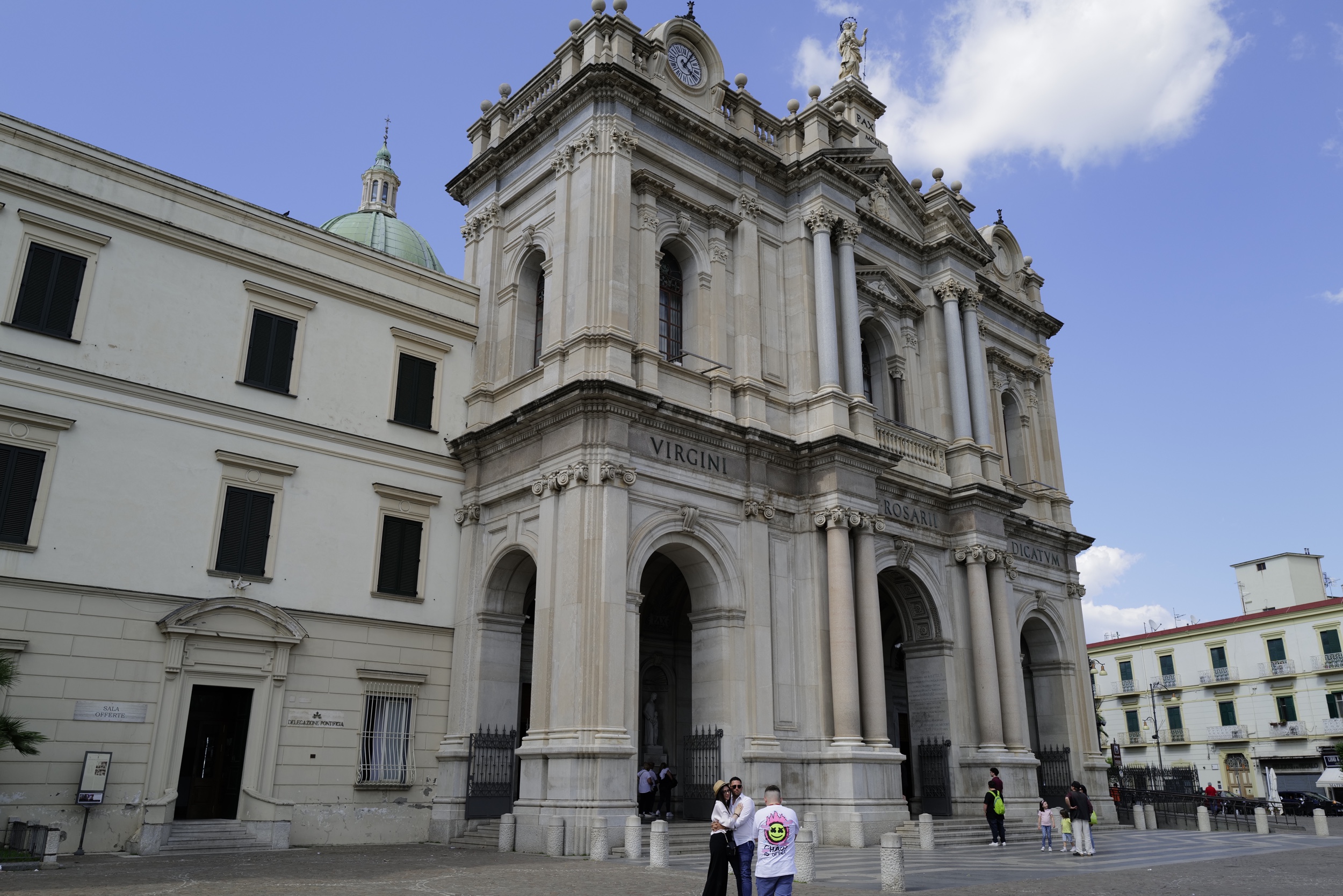

It was too late for using a ticket to the ruins well. So we just walked to the modern Pompei. We felt so well informed by our campground owner that we actually didn‘t know what to ask the tourist office that we passed by. According to Giuliana, we would take 7 hrs to visit Old Pompei and couldn‘t bring a trolley. That sounded to tough for us so we decided to question these pieces of information. In fact, the tourist office ladies told us something completely different. Since part of the ruins were under construction, we would only take 3 hrs and there was one trolley-suitable main road.
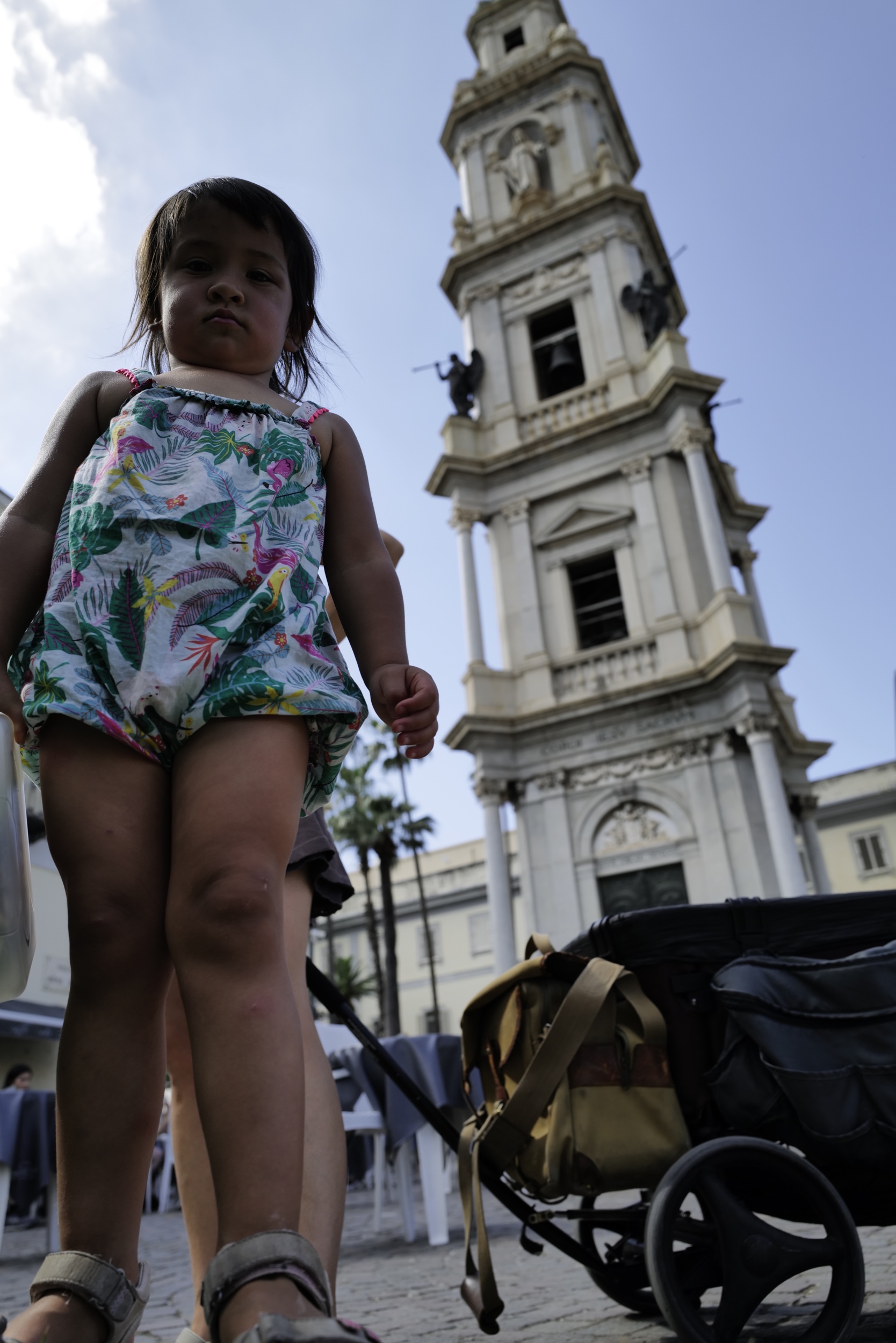

The tourist office even offered ticket to visit Vesuvius the next day and bought our tickets back that we had gotten online for the day after since for tomorrow nothing had been available anymore.
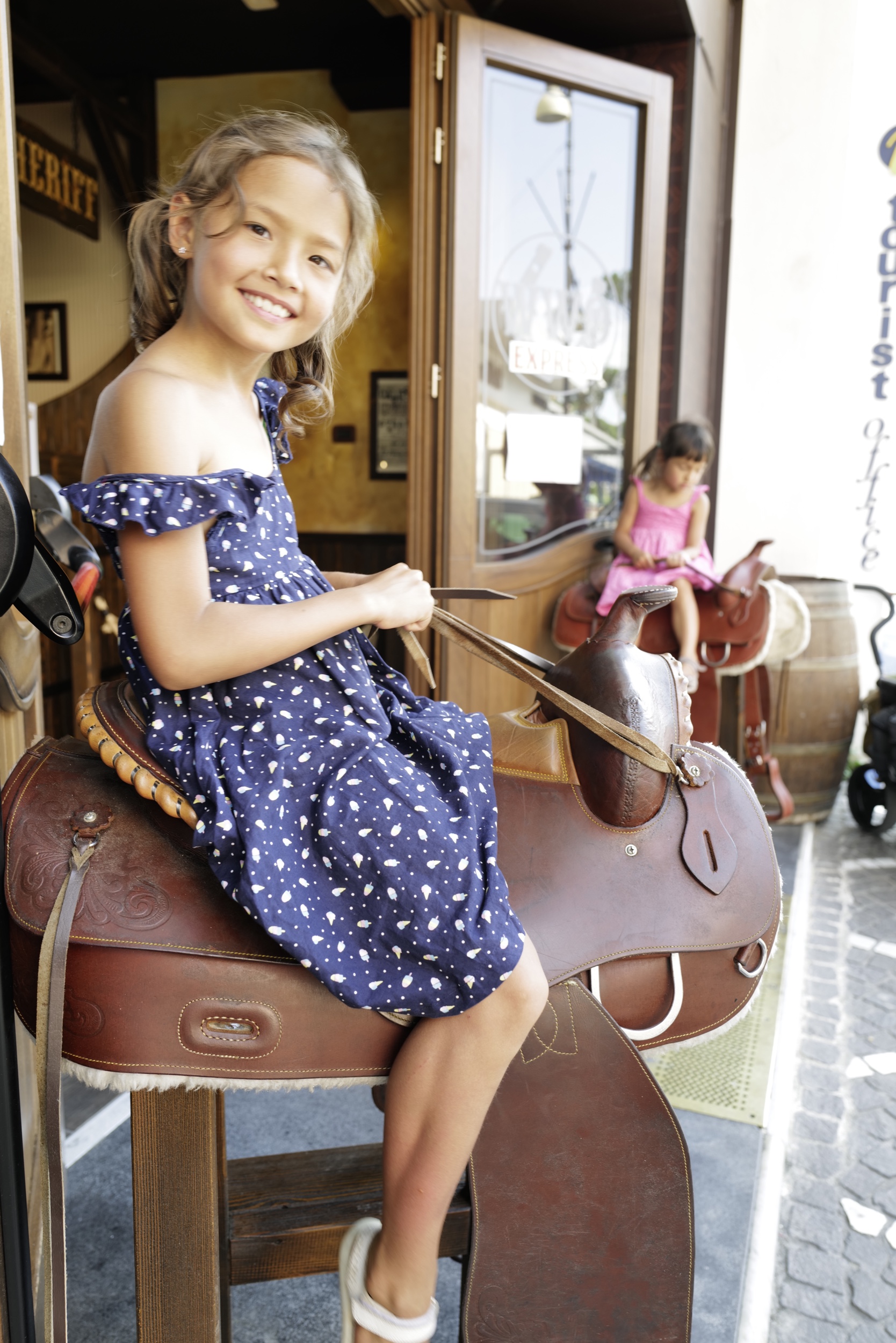
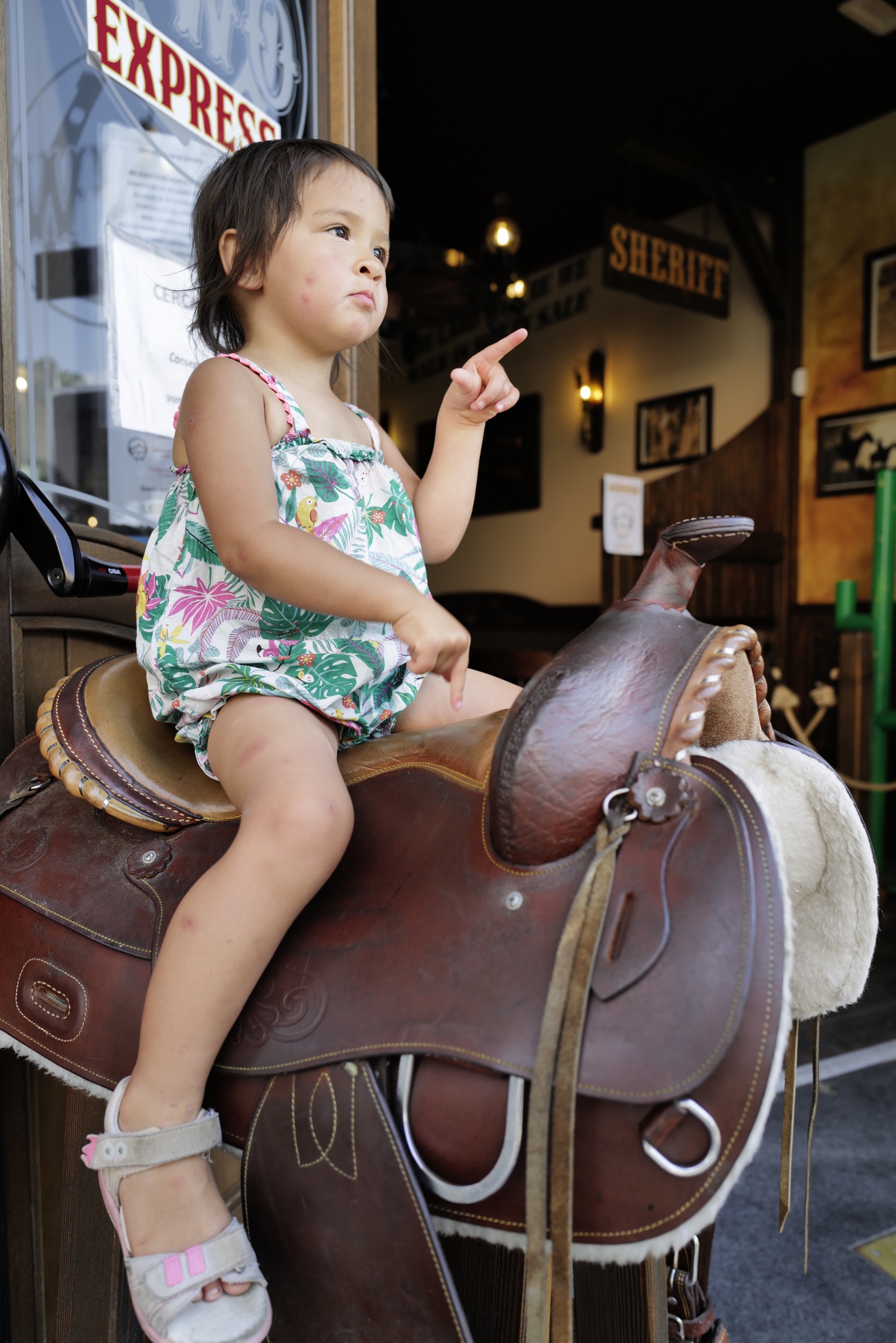
Alan brought us some very nice Italian breakfast: pastry with vanilla, chocolate, pistachio, lemon cream, jam – all yummy but in the end too sweet, even for our girls.
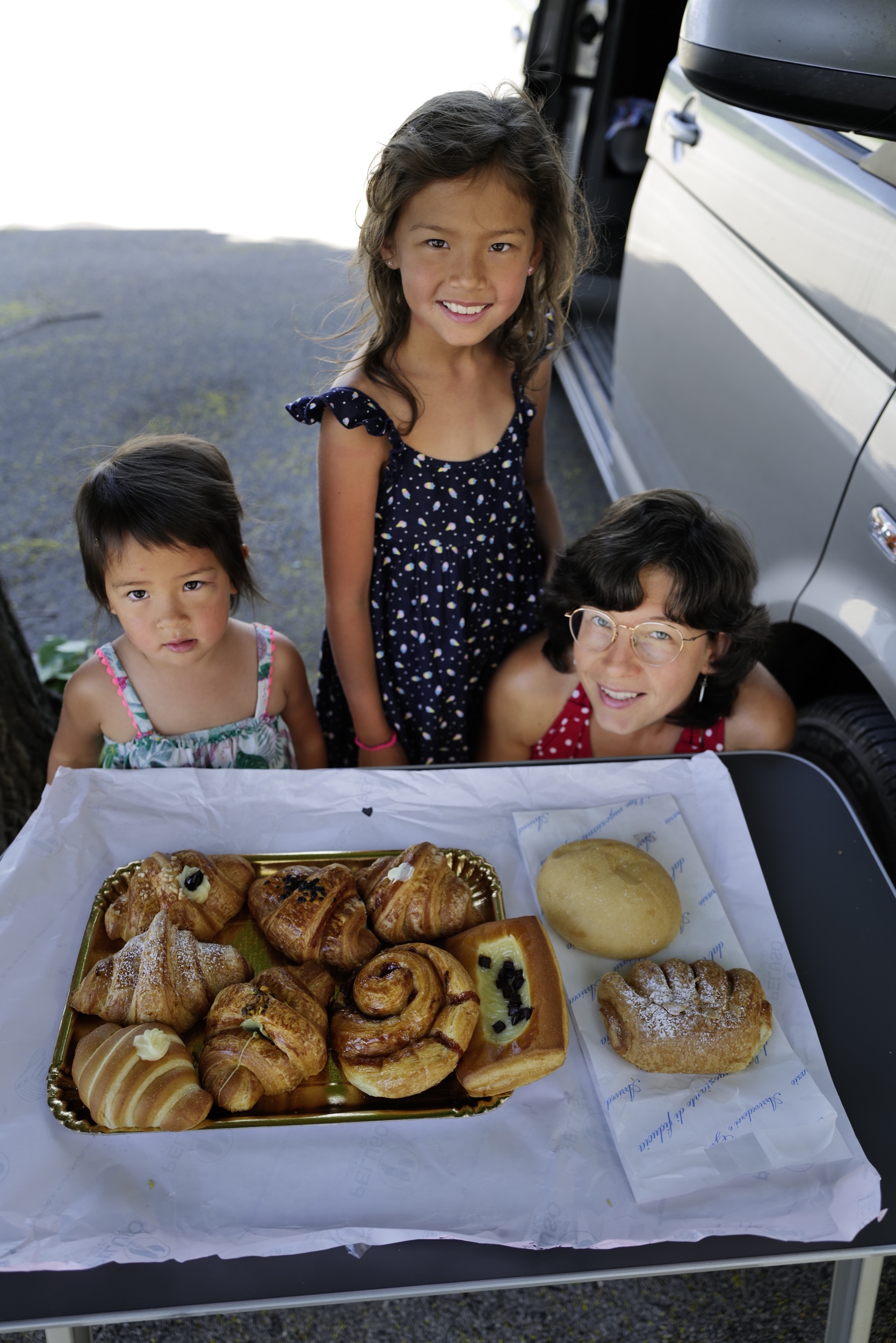
We took a shuttle bus to Mount Vesuvius. We were one of the few, naive enough to not wear sneakers but sandals. Well, we still managed well hiking up and down the rocky path. We even saw 2 women in flipflops ;oP
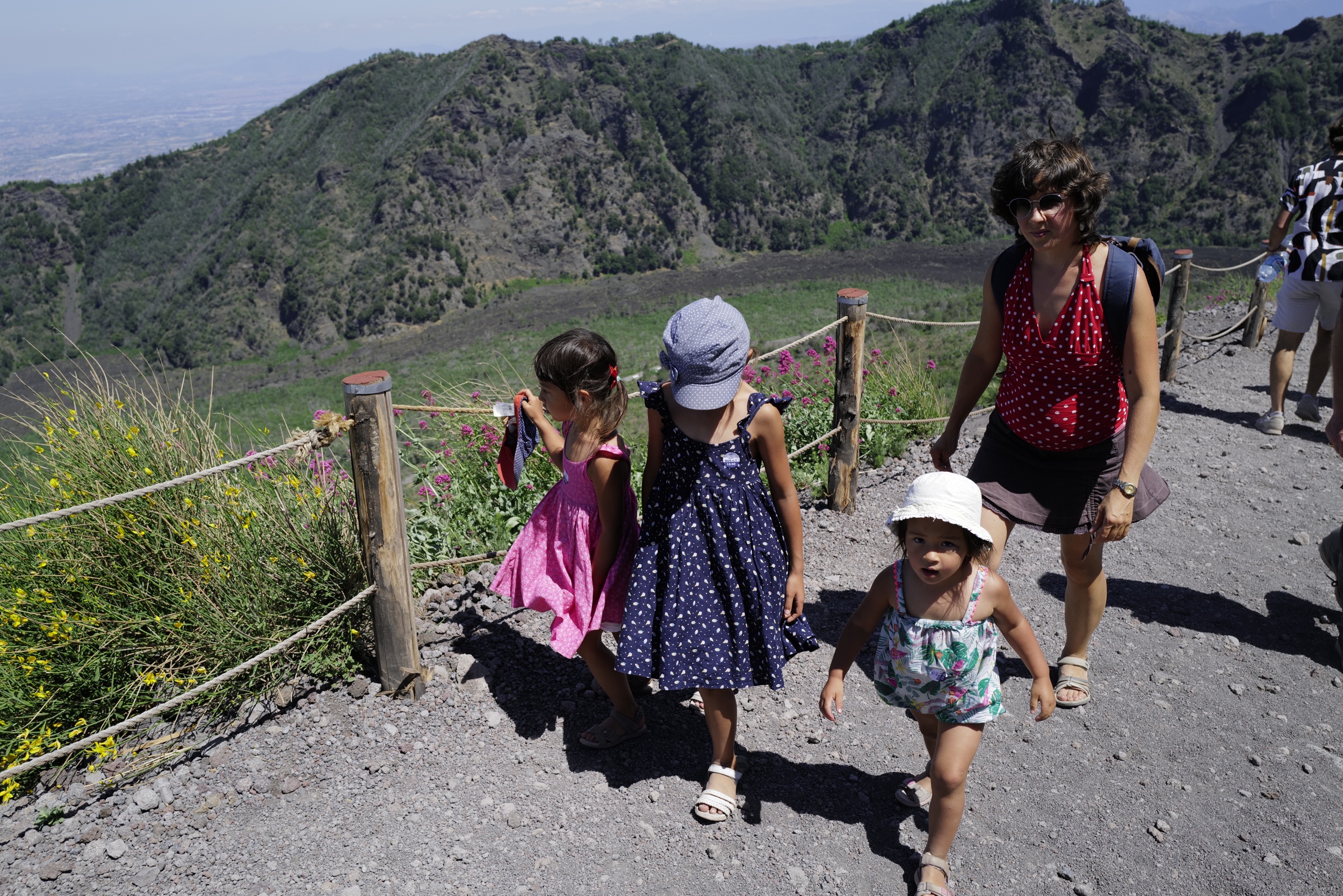

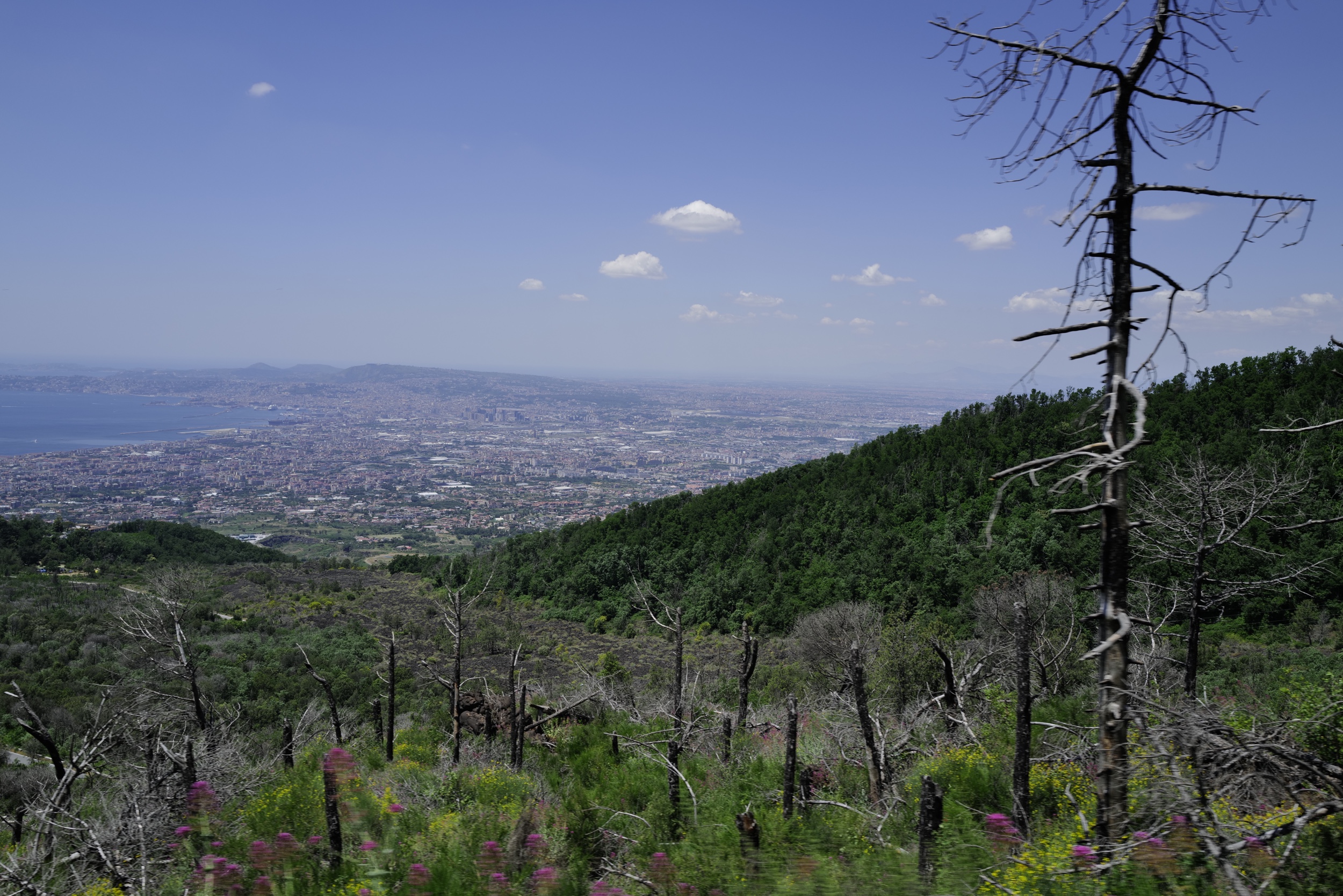

On Mount Vesuvius, the wind was cold and very strong, blowing our hats off.
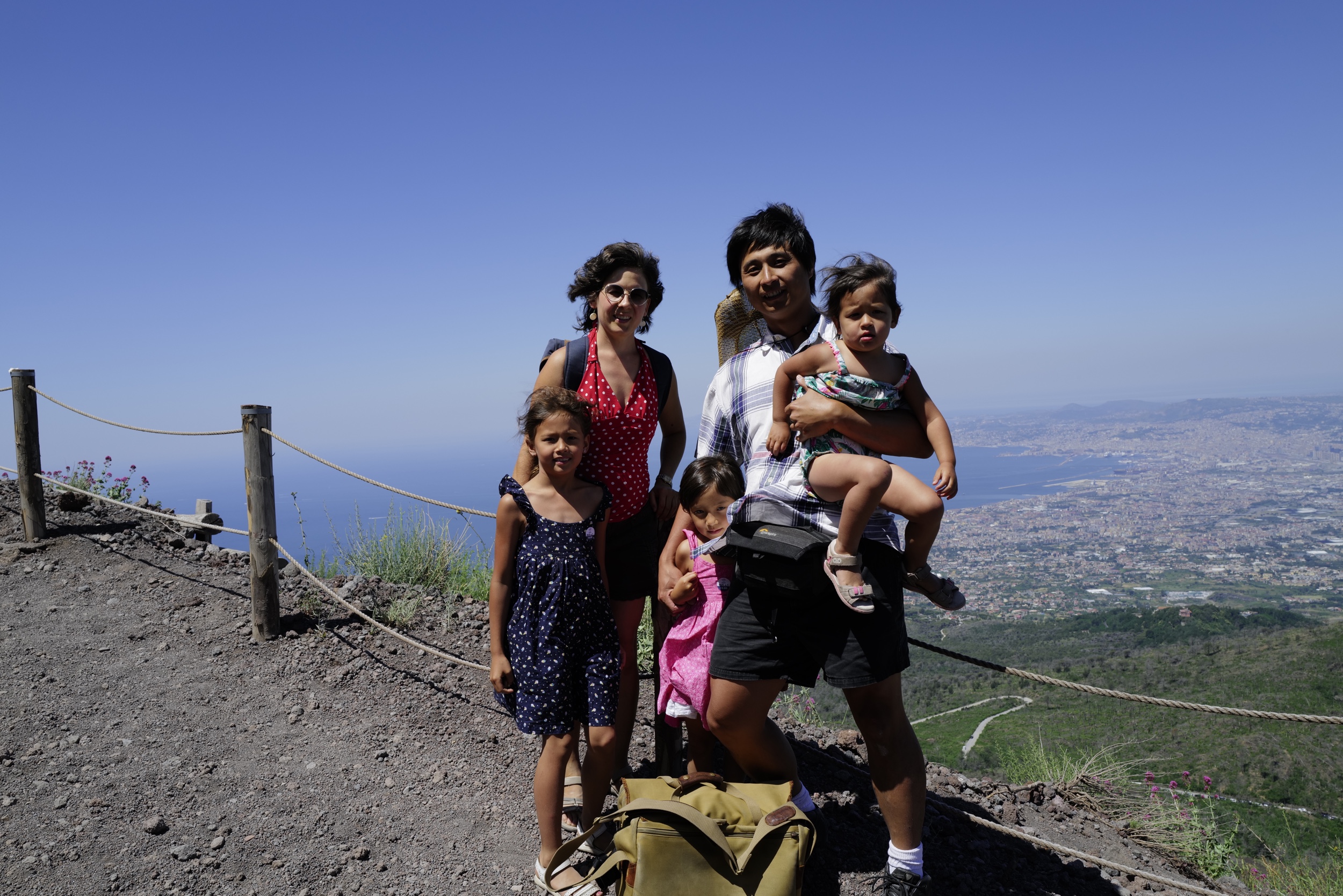
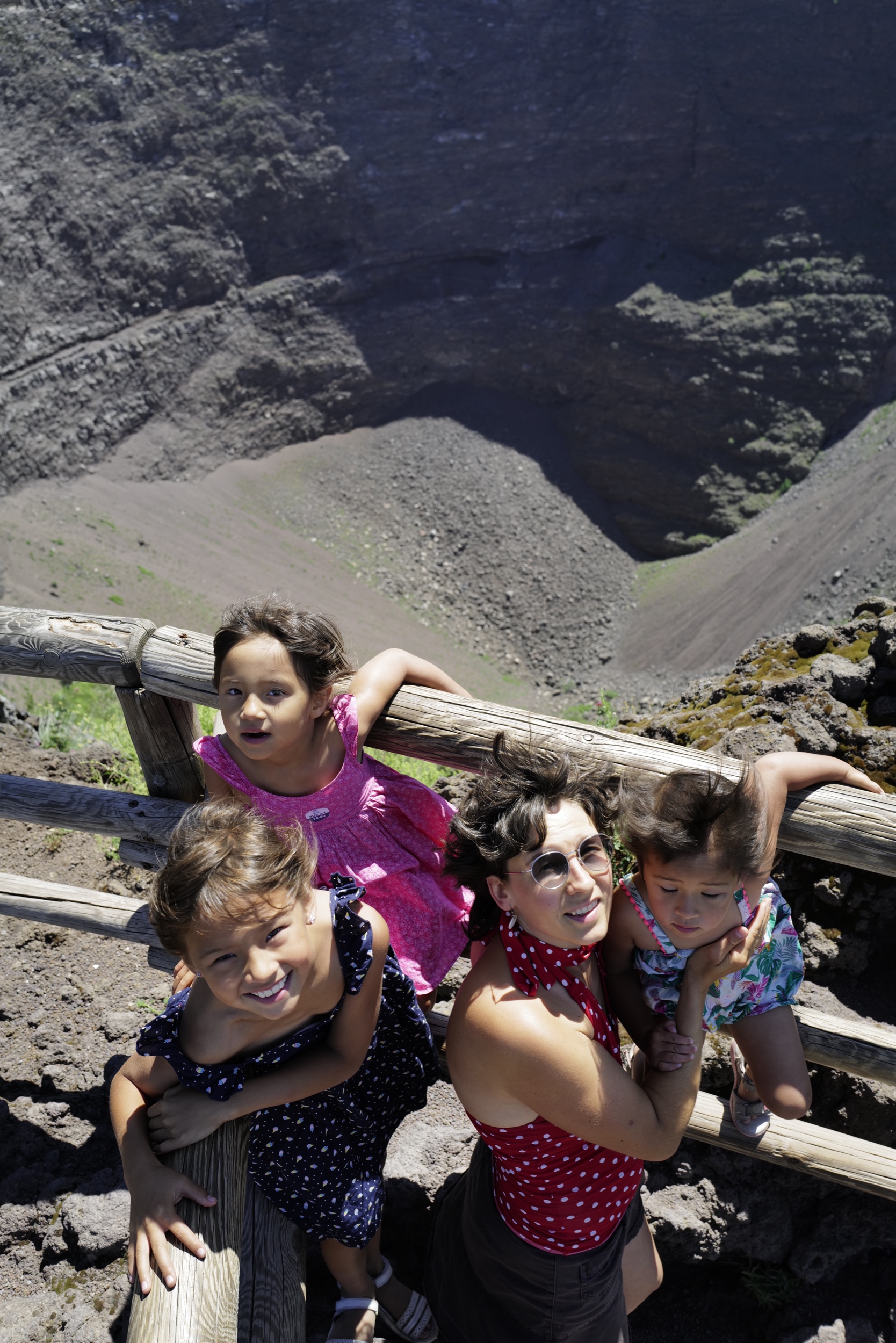
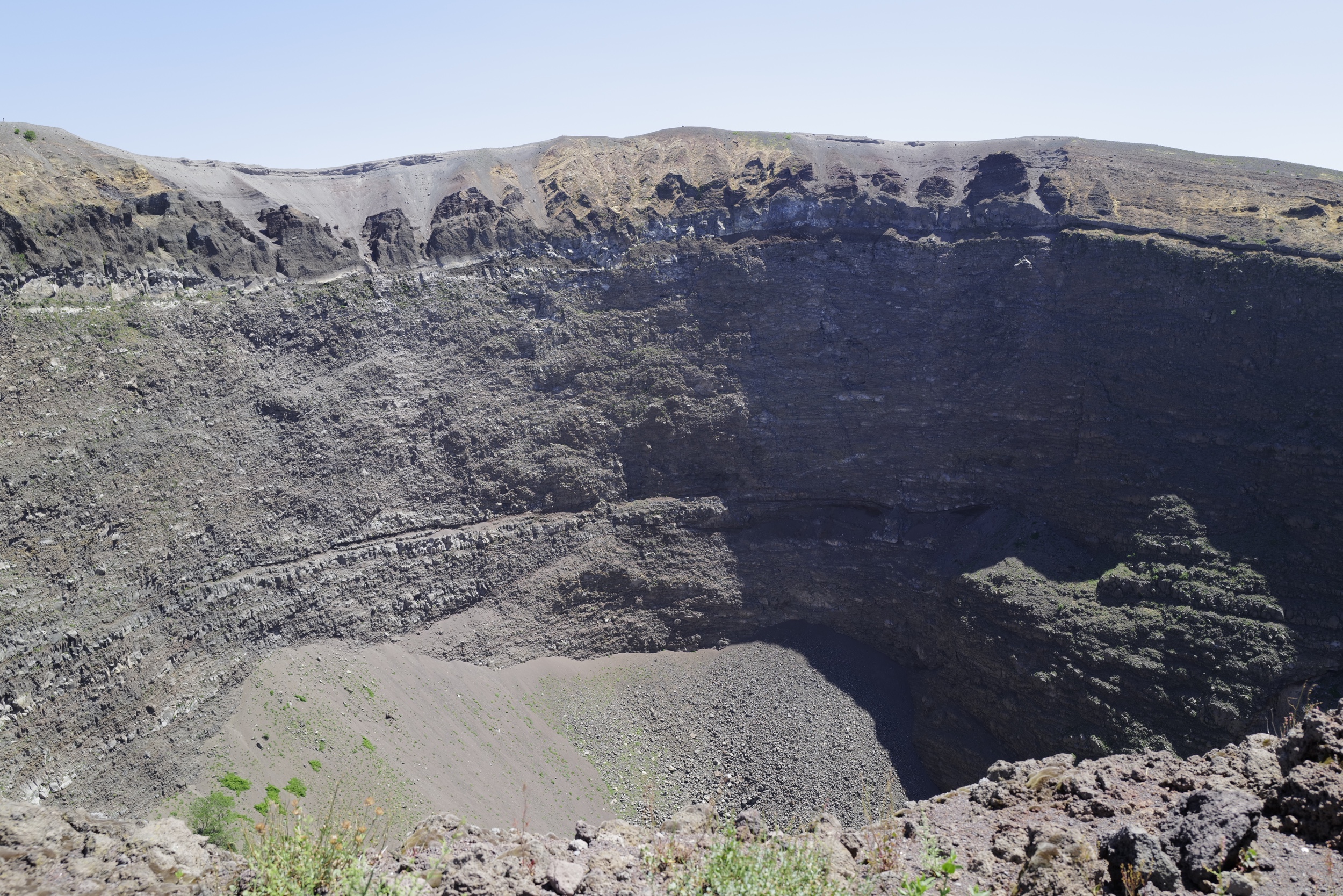
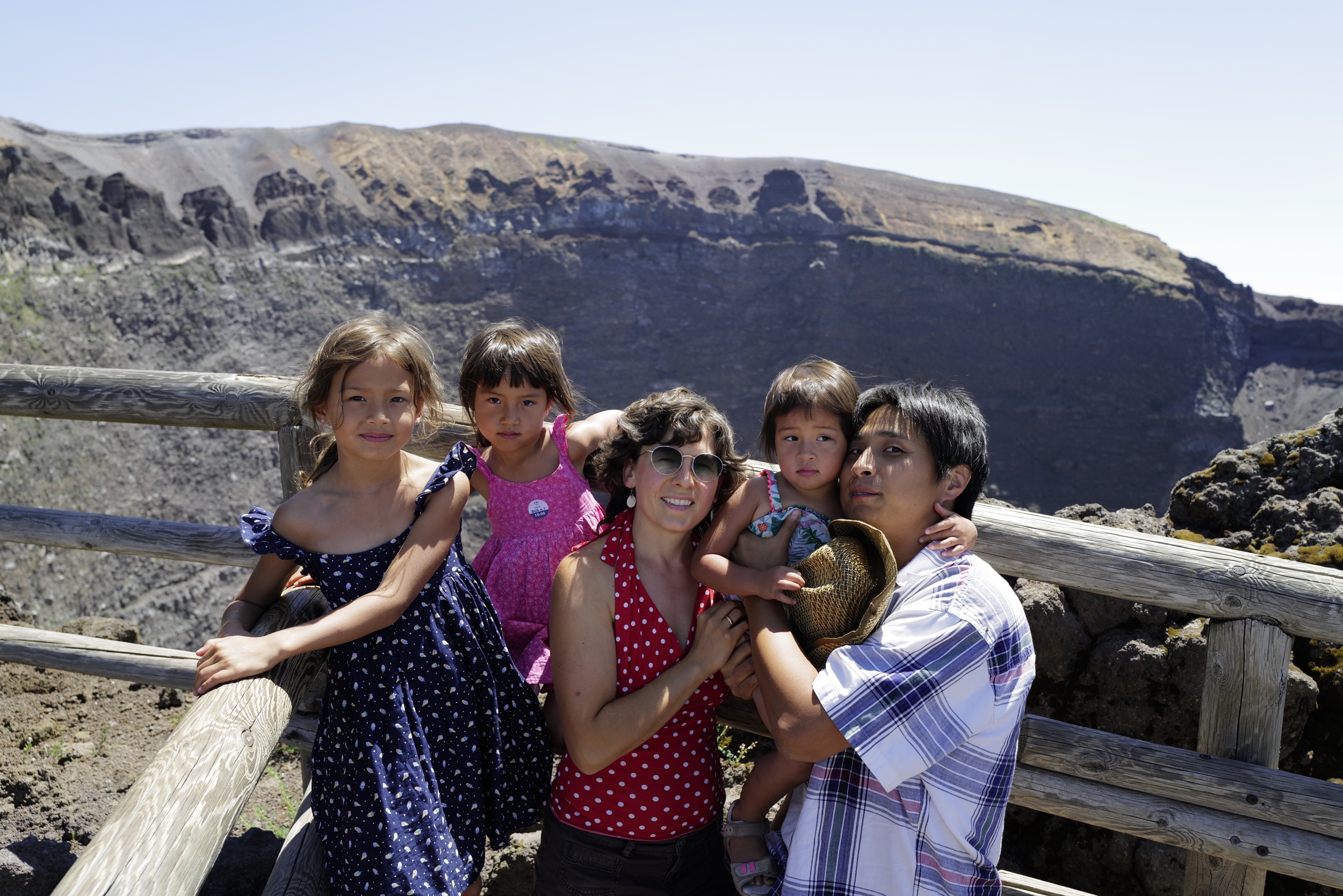
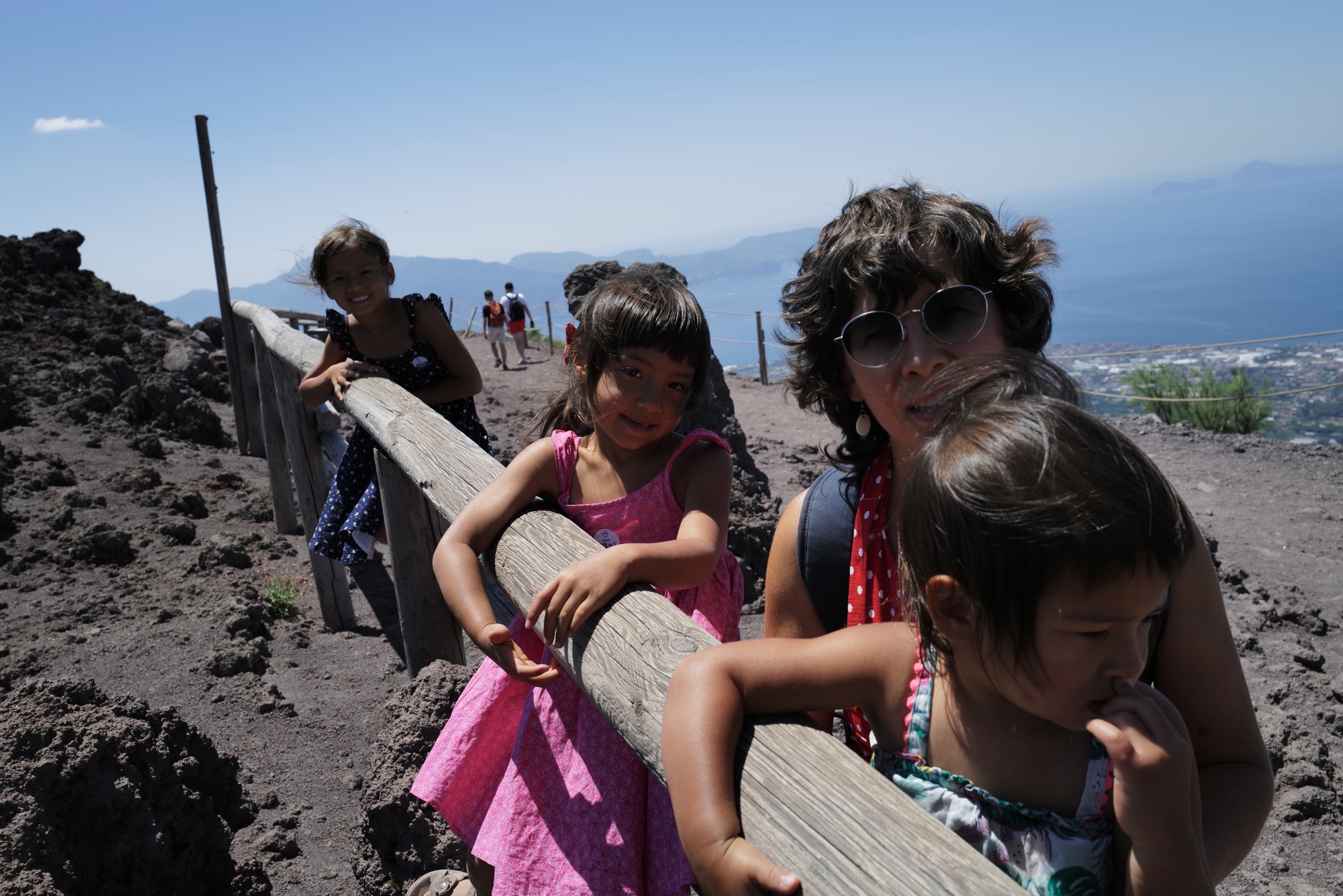
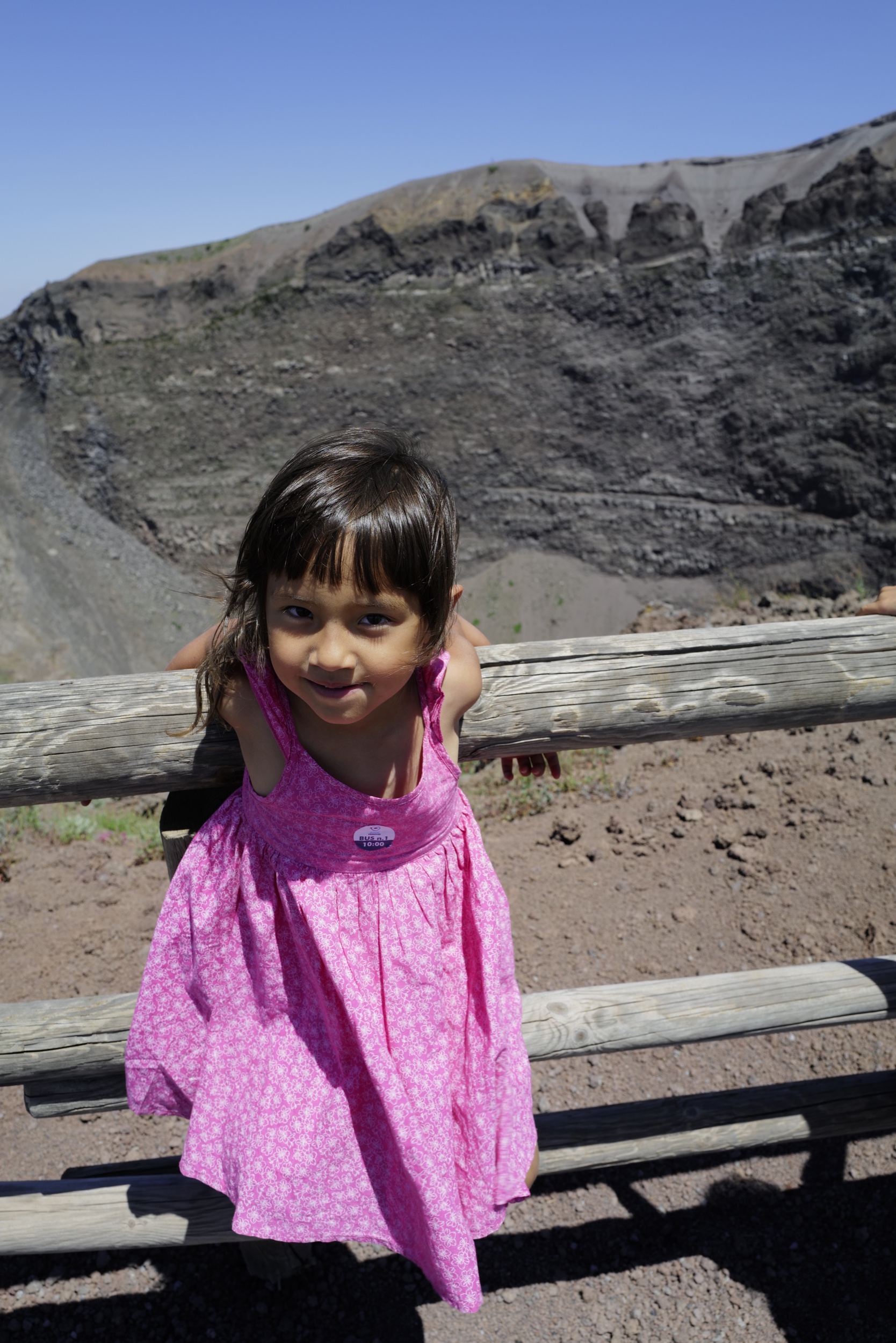
The last time the volcano erupted was in 1944, killing 3000 people. It‘s still considered active and monitored 24/7.

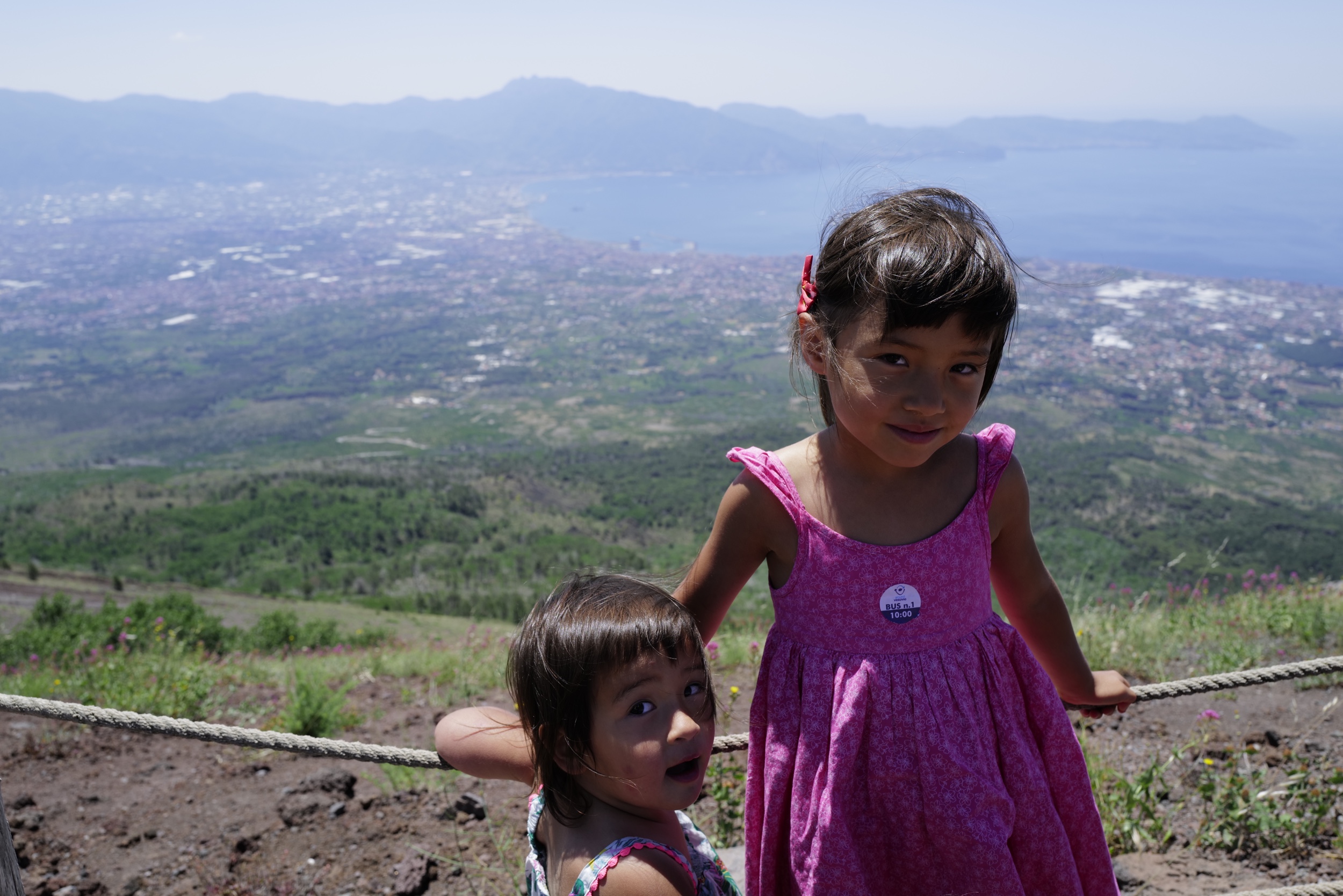


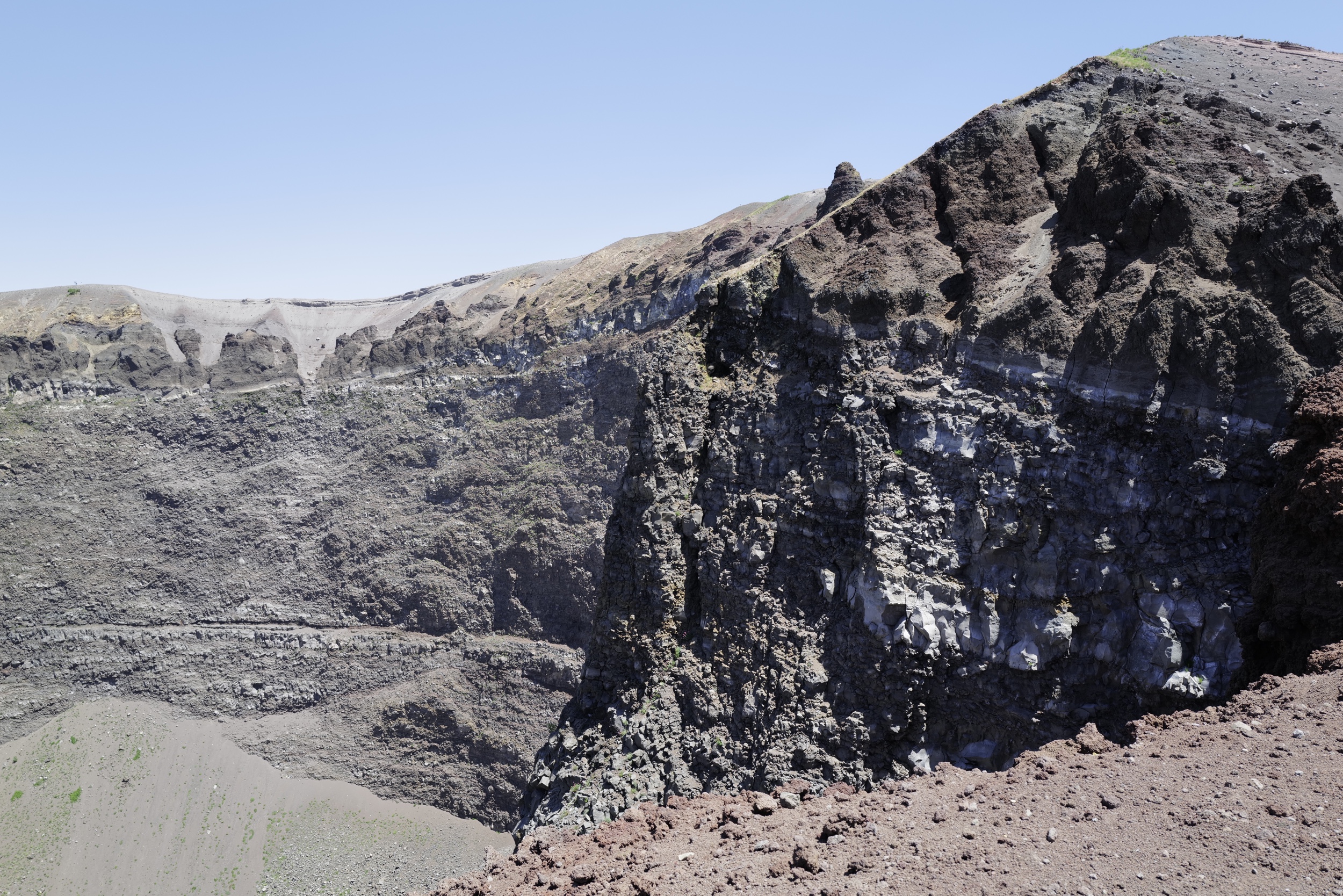

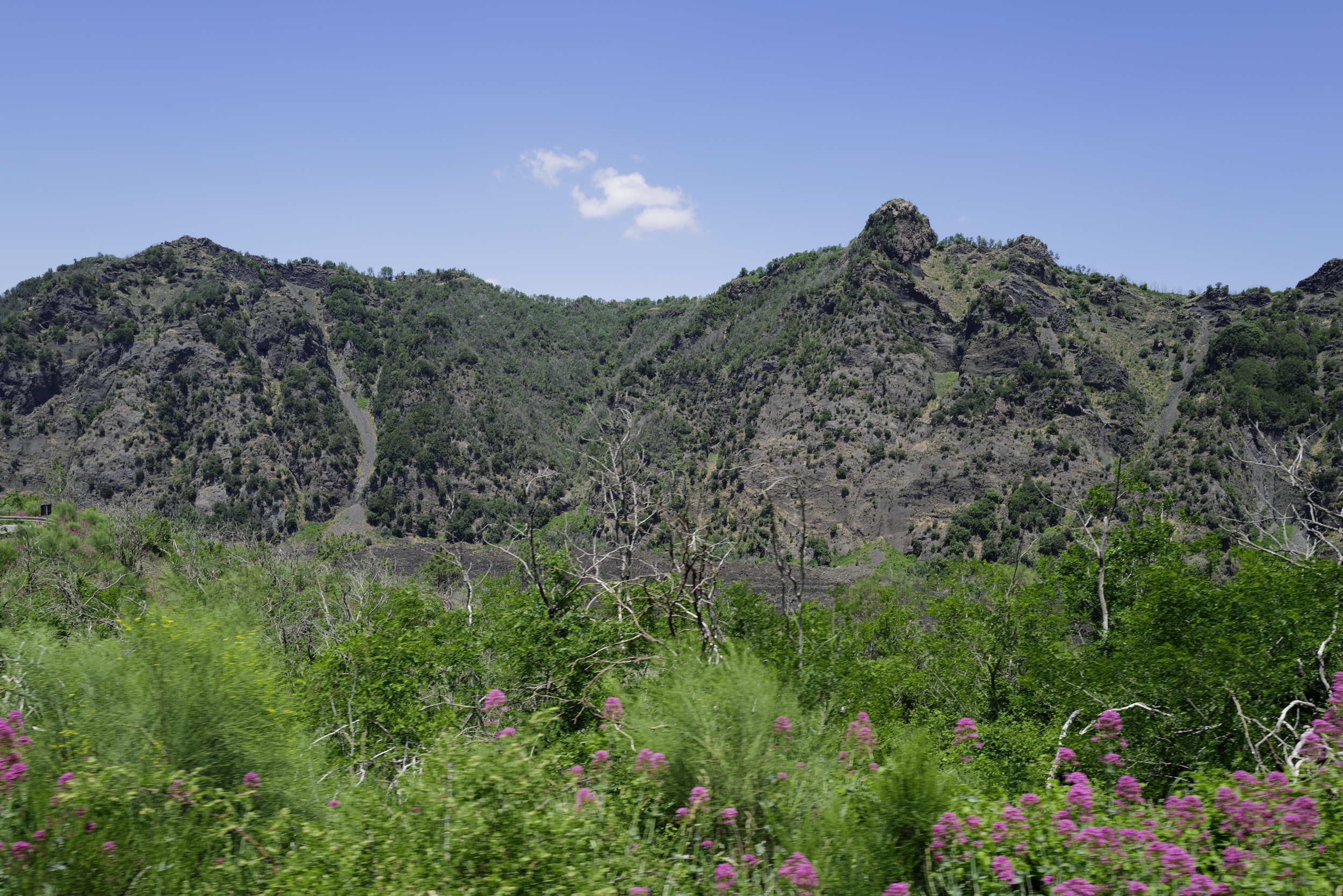
We had been running around the ruins of Pompei for some time when we figured there would be a lot to learn from a guide, and it shouldn’t be boring for the kids. The problem was that there were basically no descriptions or explanations displayed.

We ran (as fast as this was possible with our trolley over the curbs and cobble stone street in between easy pavement) to an entrance to ask if there was still a chance to catch a guided tour.
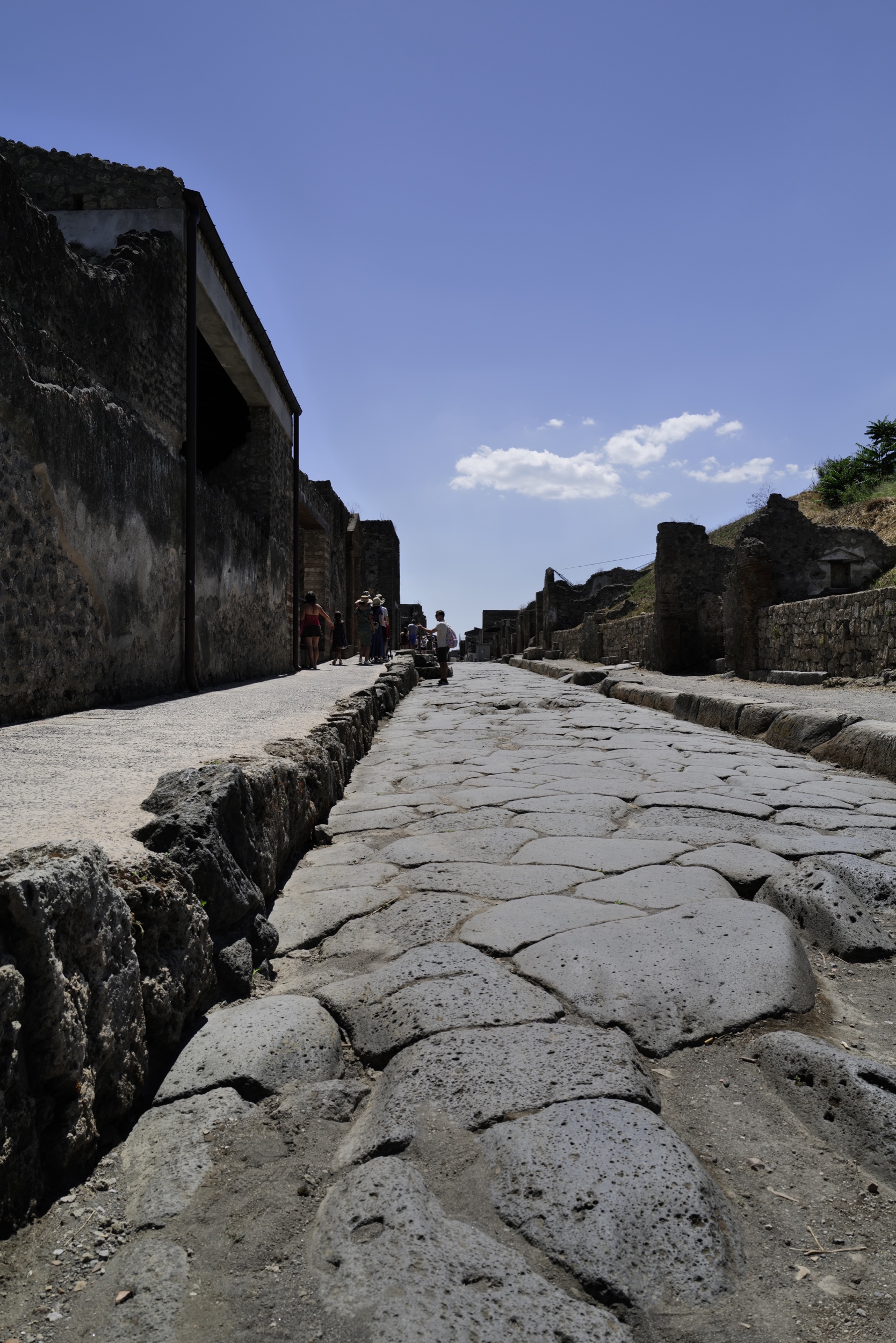
Apparently only private tours for 150 Euro were an option but we should wait a little to see if there wouldn‘t be more tourists joining such a tour so we could share the costs.
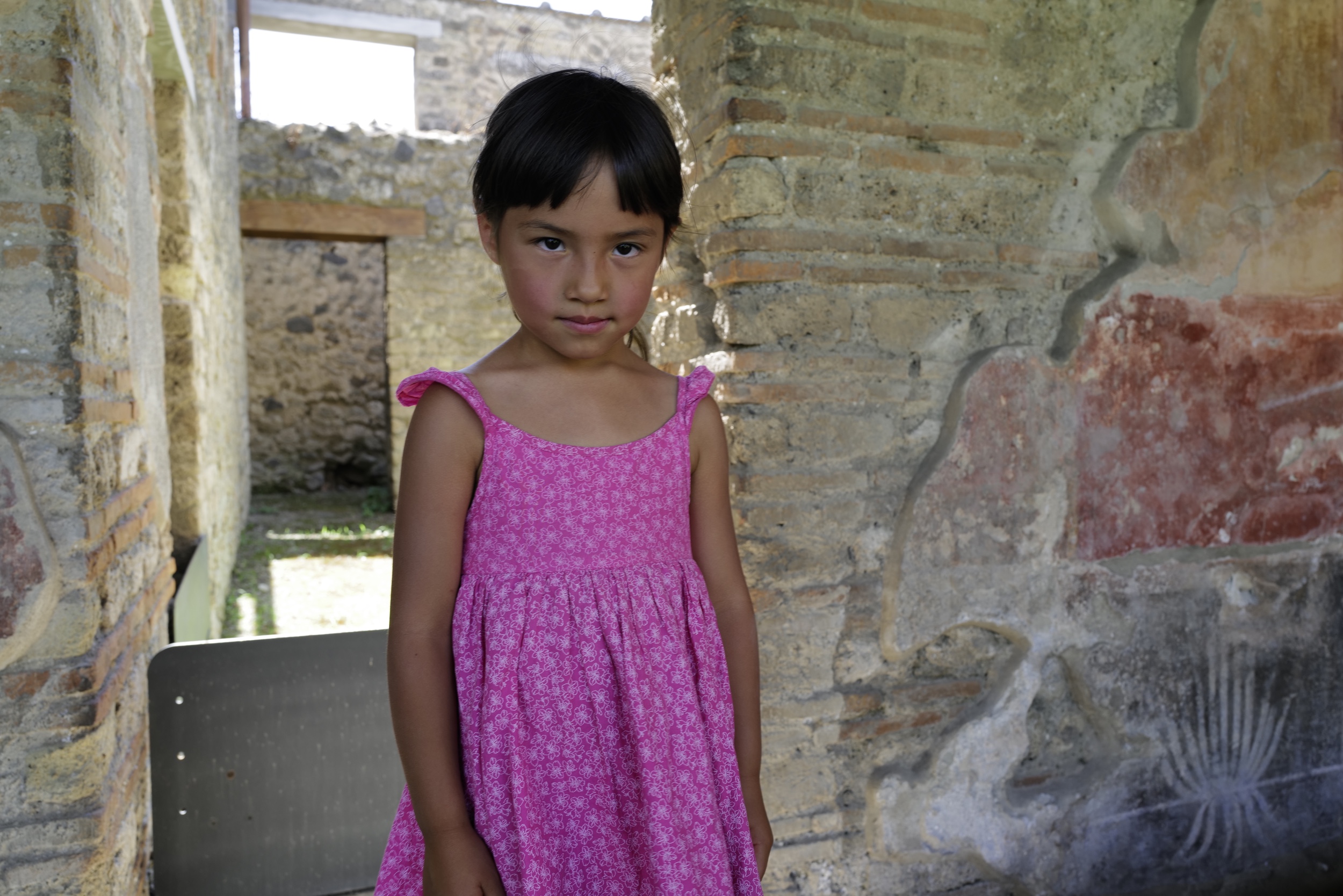
After a quick toilet break a guide had arrived and he was about to go on a tour with 4 Dutch men. These said, we should just join. They had paid already anyway.
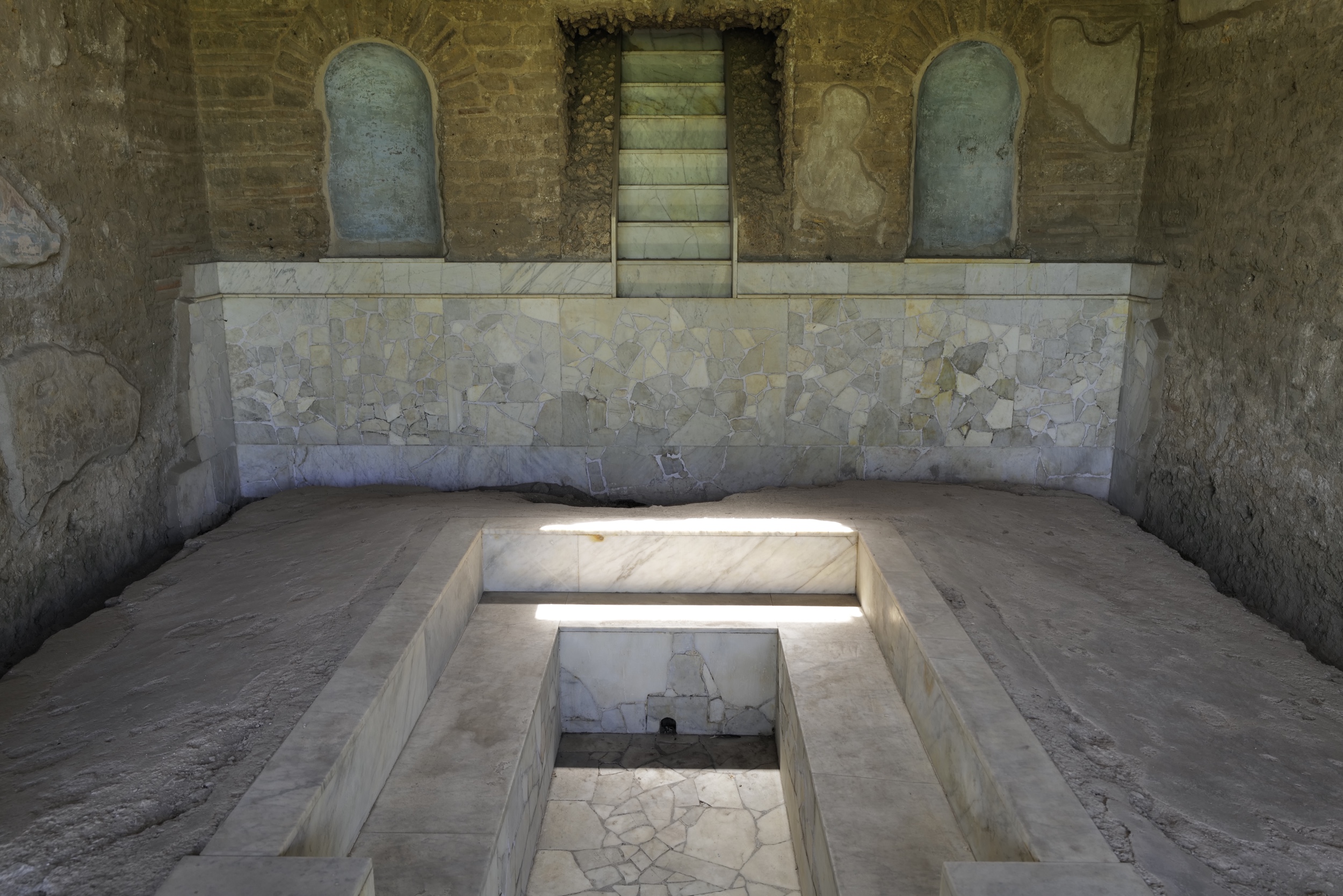

Through the guide we learned so much: From 62 AD on, there had been 4-5 earthquakes a day. That‘s why two thirds of the population had left the big city Pompei by 79 AD when the Vesuvius erupted. At that time approximately 5000 people were still living in Pompei.

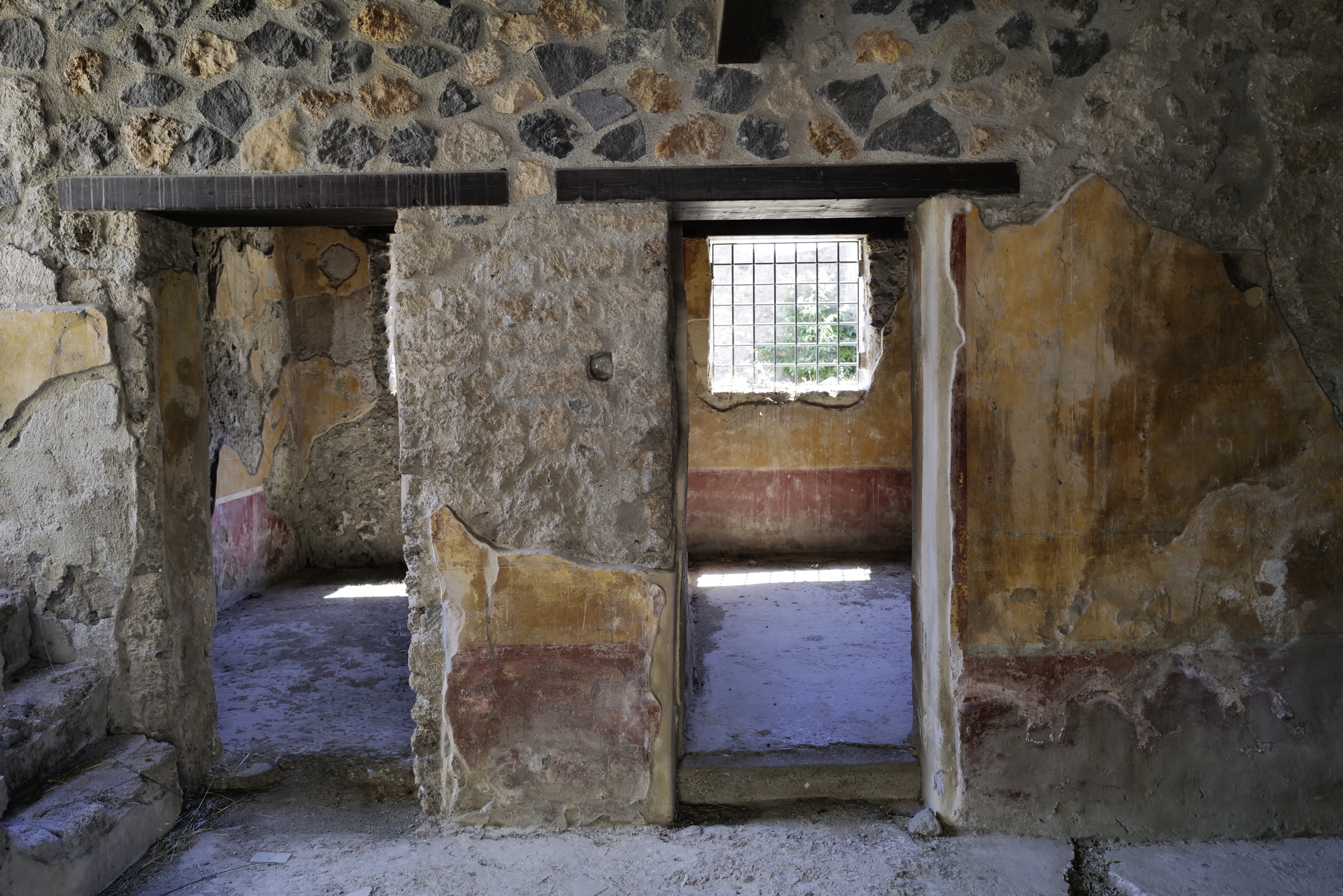
Because of the frequent earthquakes, Pompei was actually a ruin when it was covered by ashes. Everywhere, we could see brick stones mixed with cobble stones. The brick stones had been used as quick and cheap means for repair.
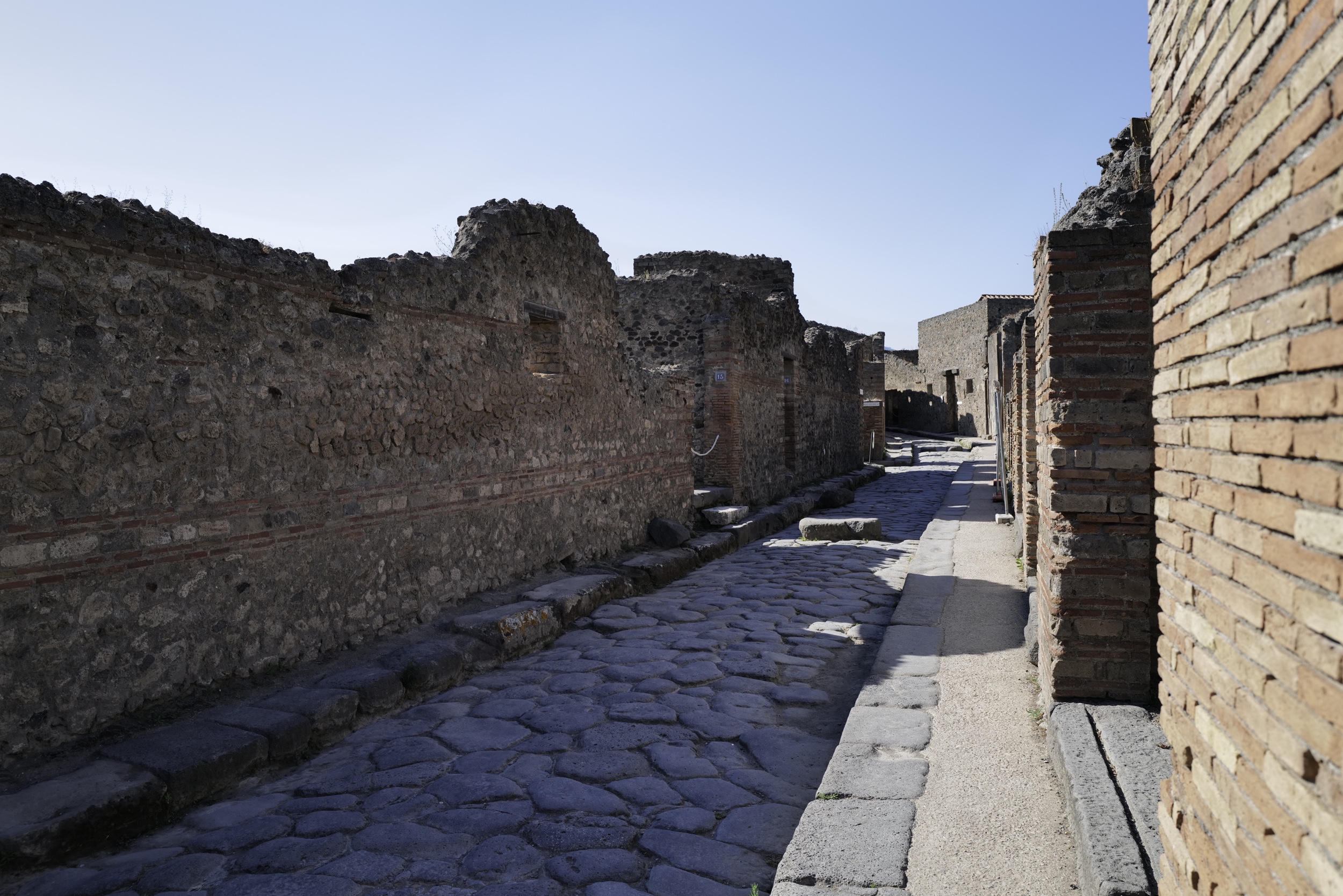
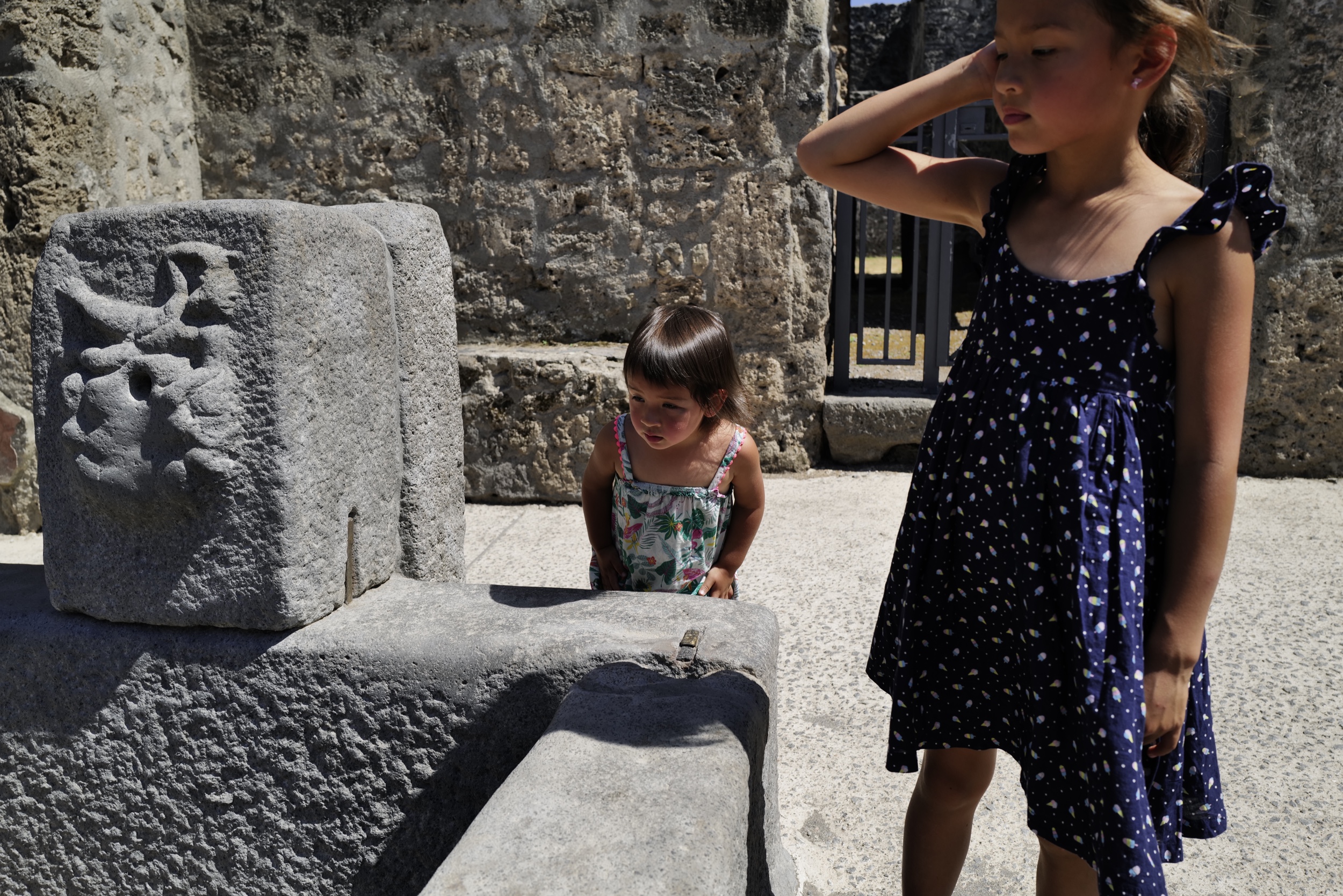

Mount Vesuvius does not spy lava but rather ash and small rocks. Pompei was covered under 5 m of this material. 30% are still uncovered to not expose the ruins to further degradation.

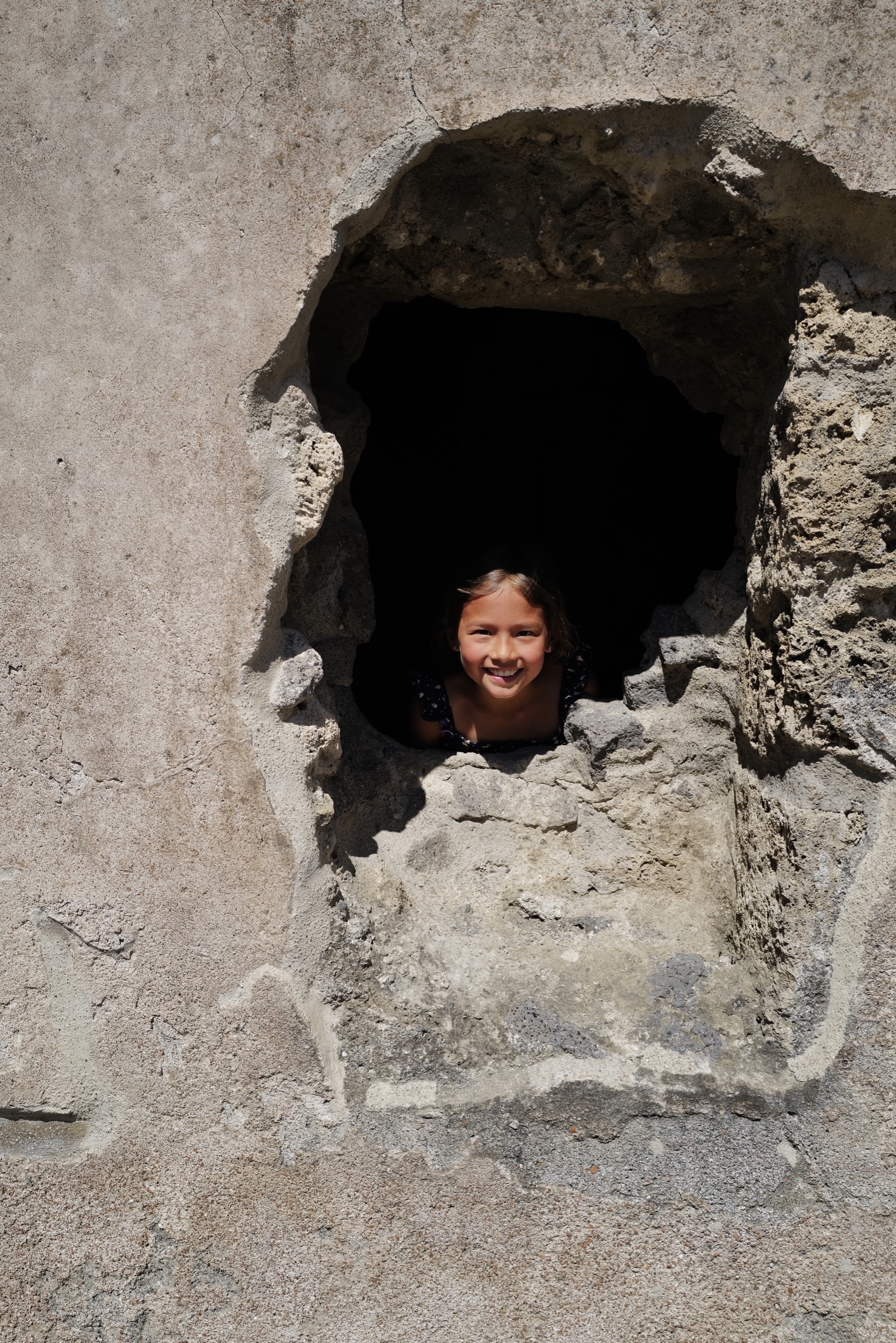
Pompei was a very rich city. Thanks to the volcanic soil, agriculture was and is still blooming in this area (Campania). They had temples for every god, many streets with nothing but shops, many magnificent buildings with hallway, atrium and garden, fine mosaics and colourful paintings.
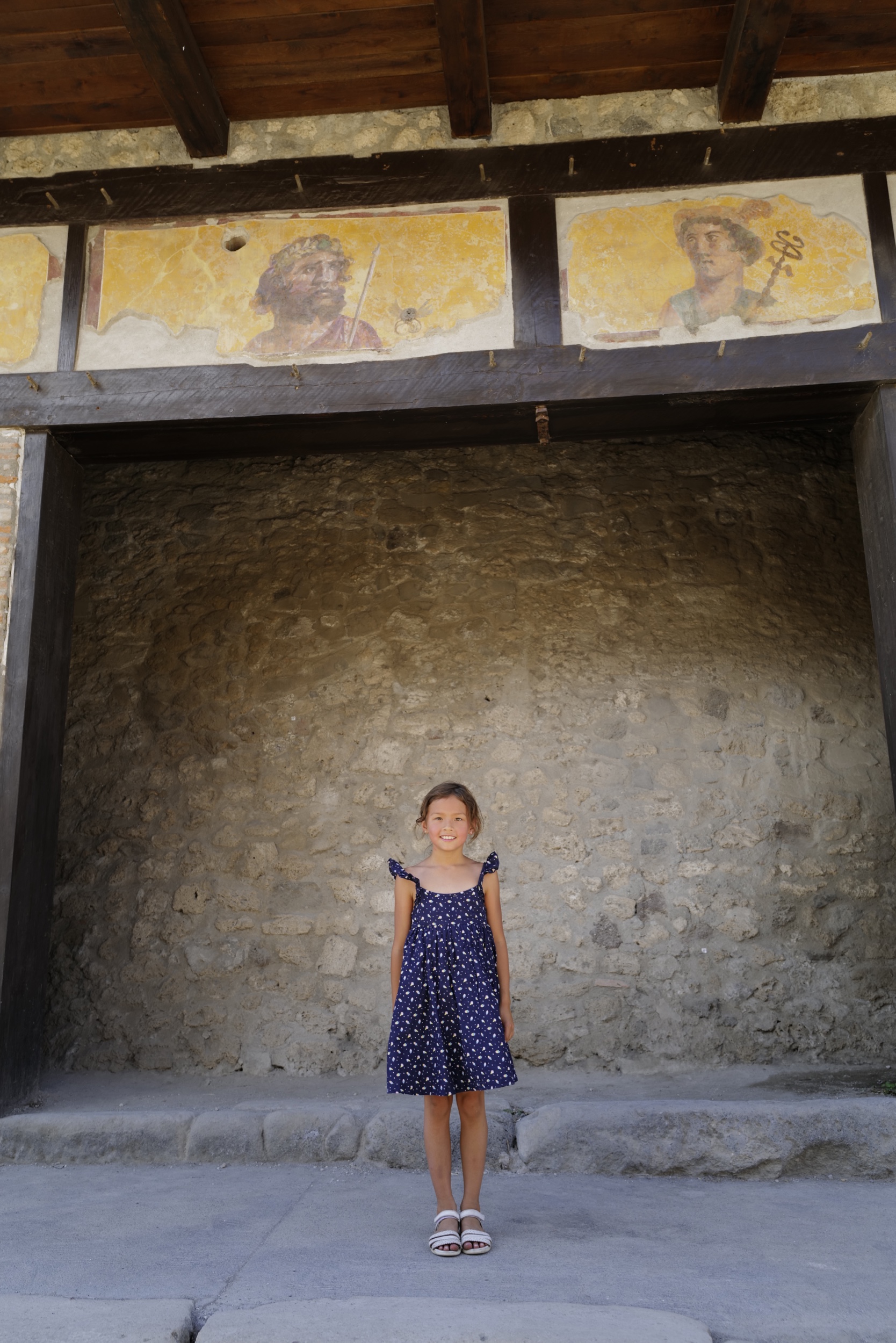

The shops could be recognized by groves in the door step for sliding doors. They offered fast food kept in stone holes in their selling counter: soup, bread, fish.
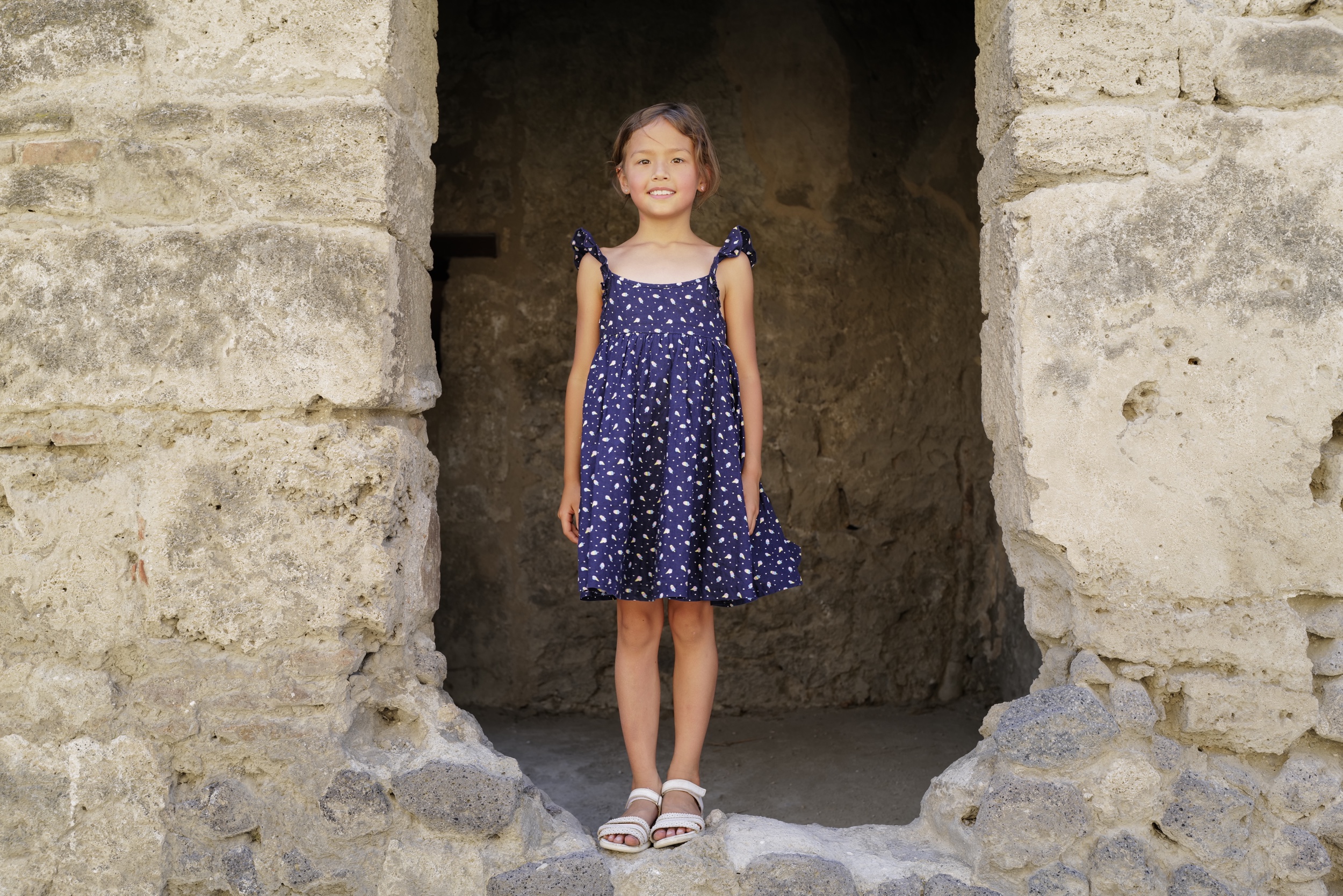

The roads were made of big cobble stones with stepping stones to cross the street in front of every important house. Nobody wanted to step on the street because it was full of pee and poop from animals (donkeys, horses). Since Pompei was built on the lava hill of a volcano, the grounds were too hard to build an underground sewage system.
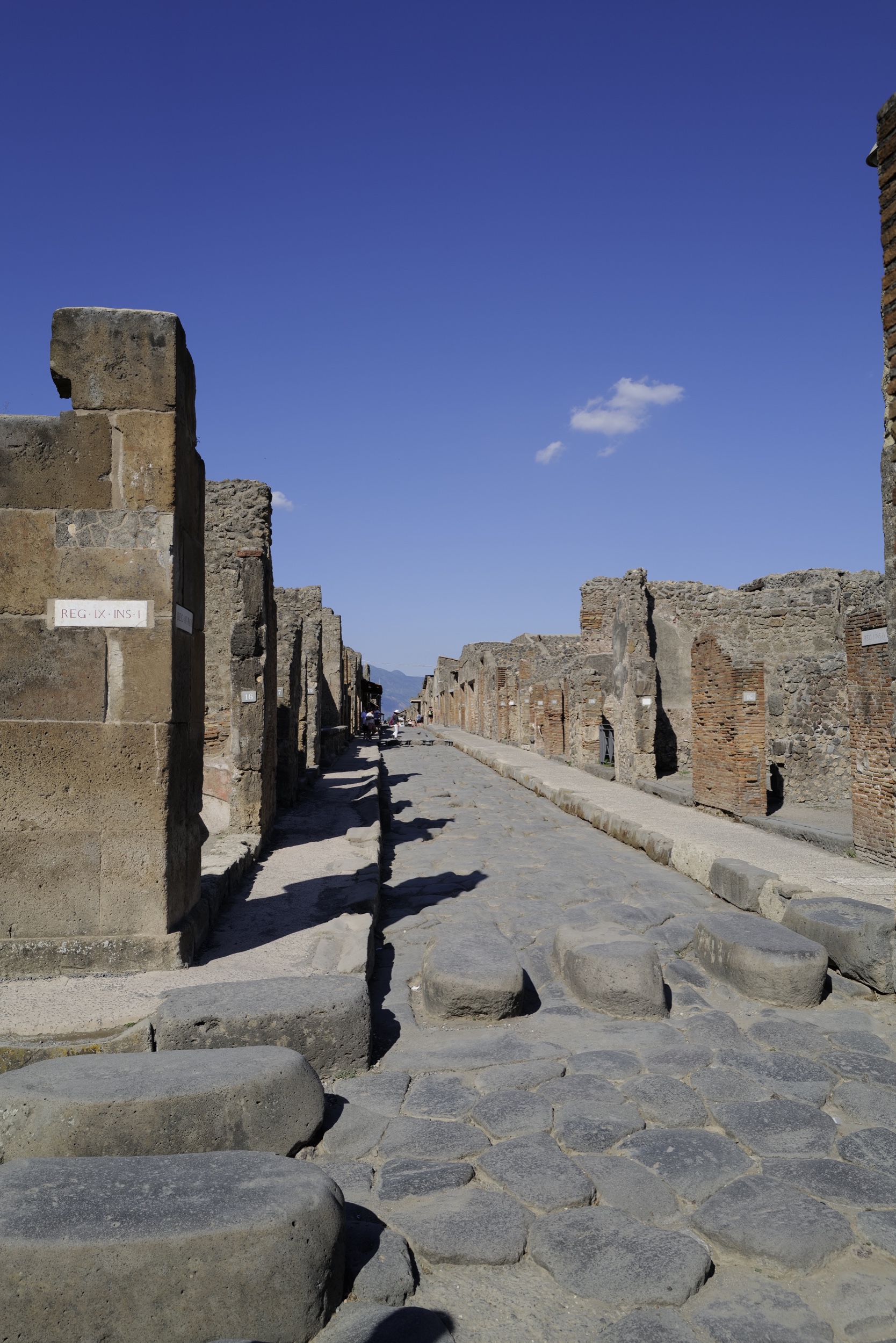

In between the cobble stones on the street were small pieces of marble to reflect light from the moon and torches. Between the stepping stones, people had carved grooves to build tracks for the carriages.


Side walks were made of several layers. The top one constituted of a marble mosaic again to reflect light. Layers (of the side walk) is ‚strada‘ in Latin. This is where our words „Straße“ or „street“ come from.
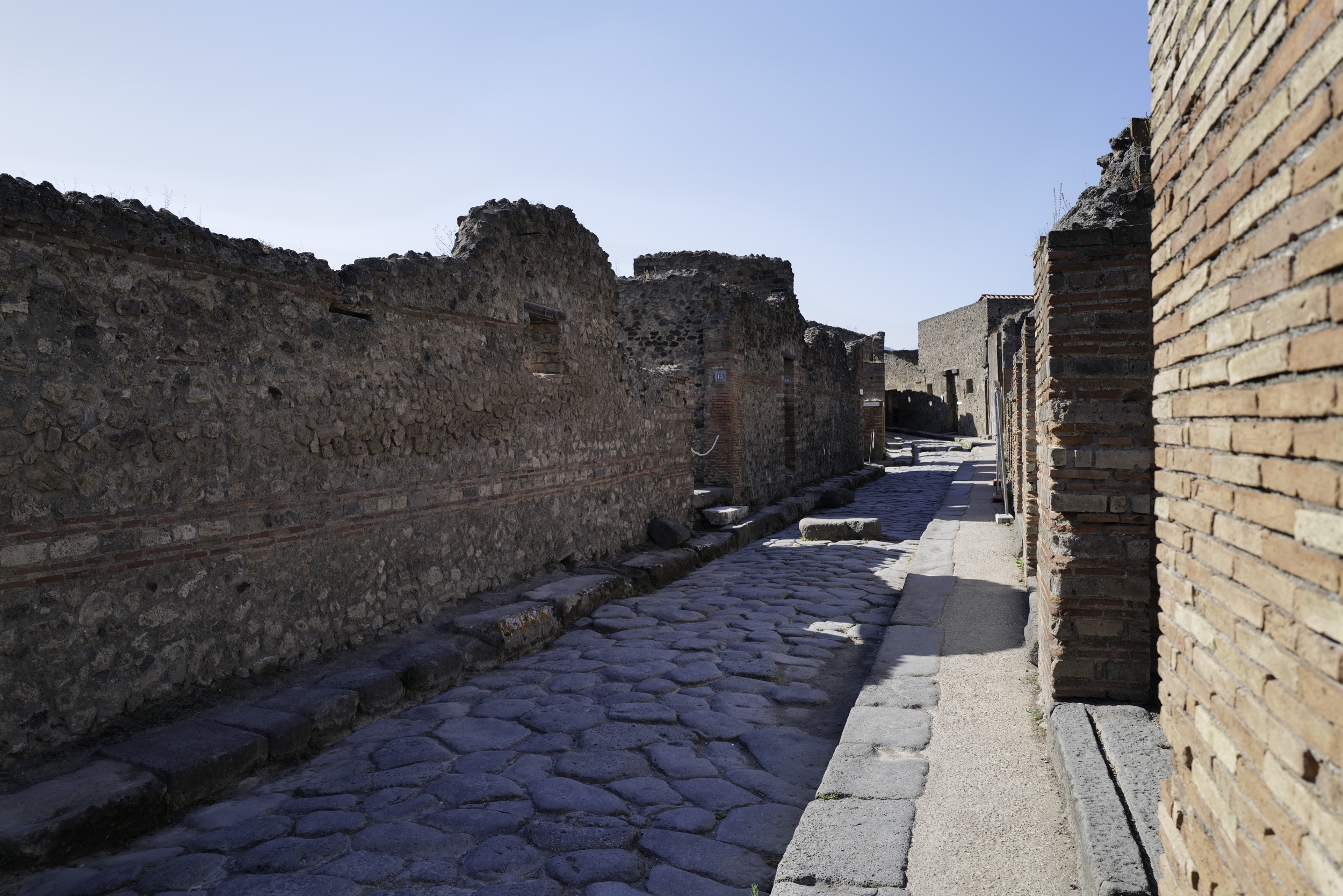

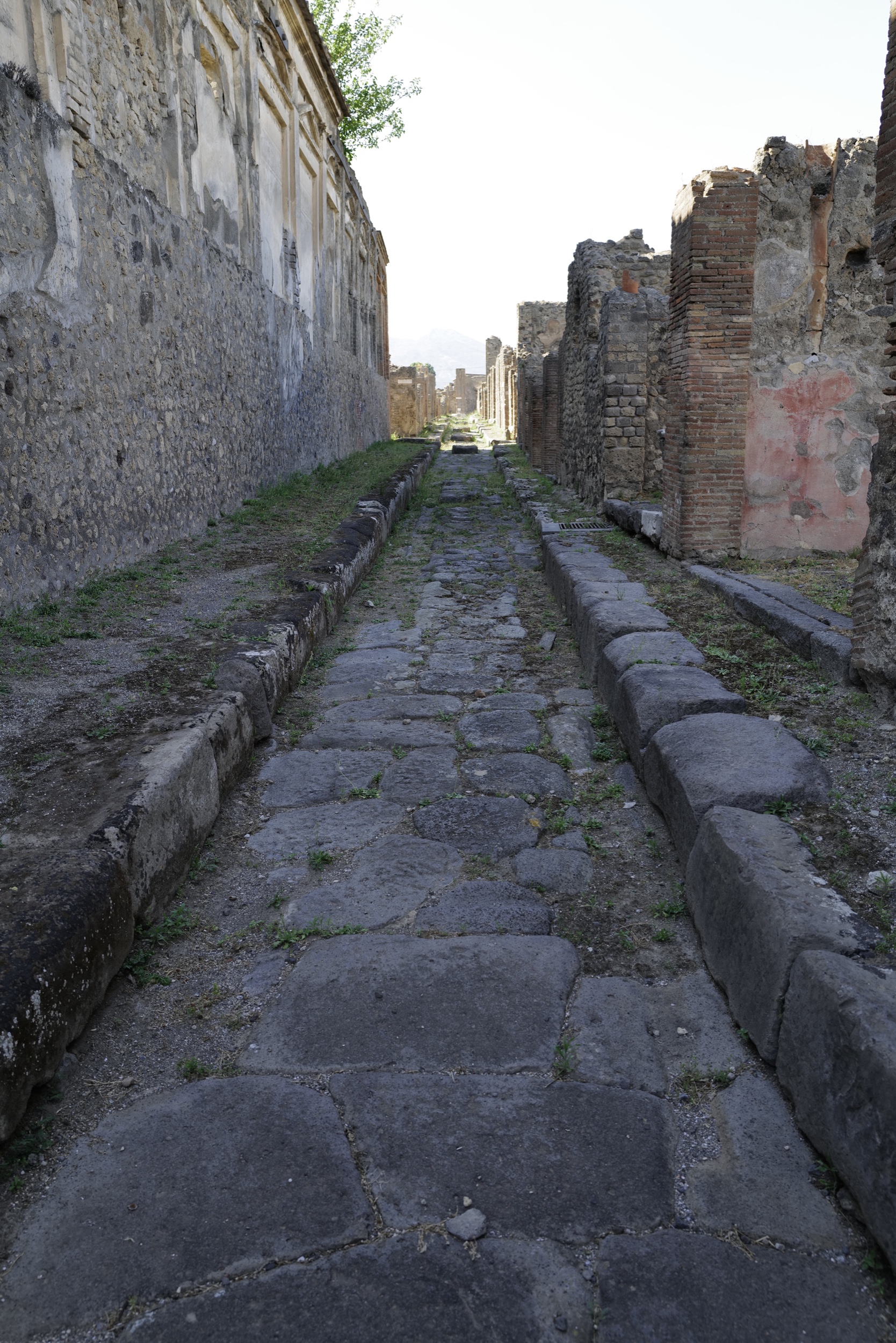
The Romans had a hot swimming pool, combined with a sauna. Between two floors, an oven heated up the air and this the water on the pool above. To distribute water in the buildings, leather pipes were used.


At the end of the tour, we lost Alan with the trolley. Actually, I meant to thank the Dutch guys but then I just quickly went to find Alan to send him back to them with some money. When he arrived where I had left the Dutch, those were gone *shoot* I still have some super girly conscience =o/
The amphitheater:
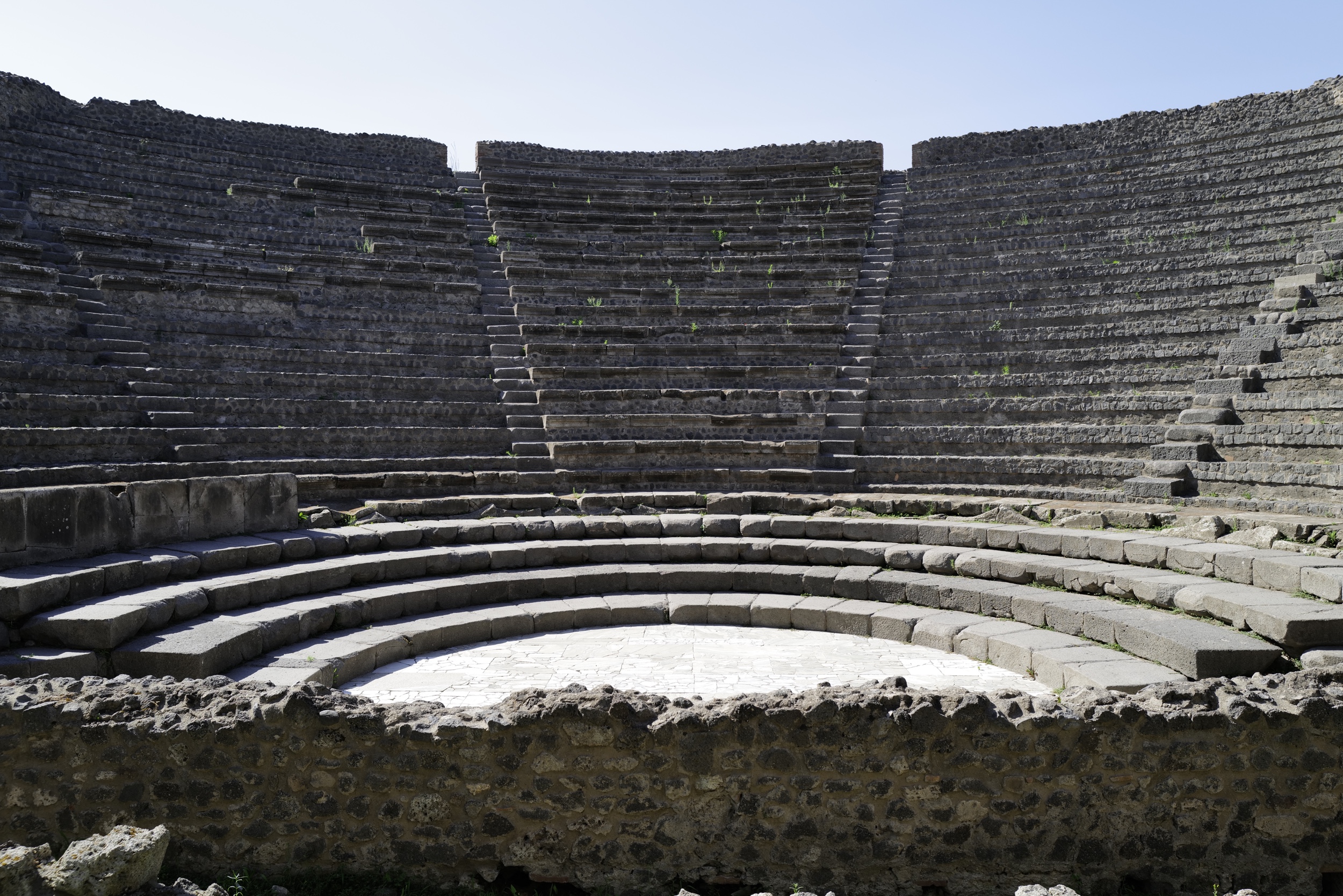
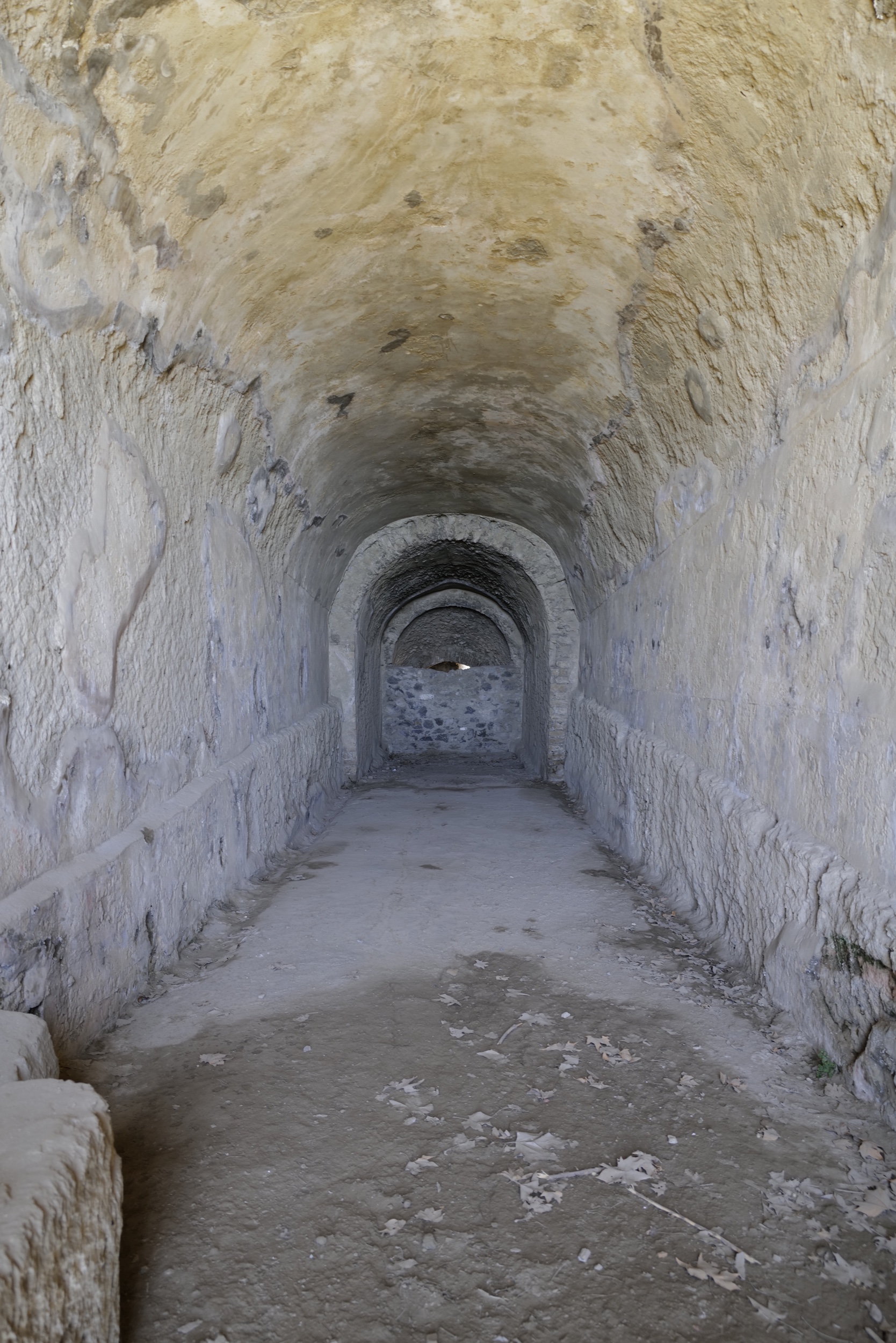
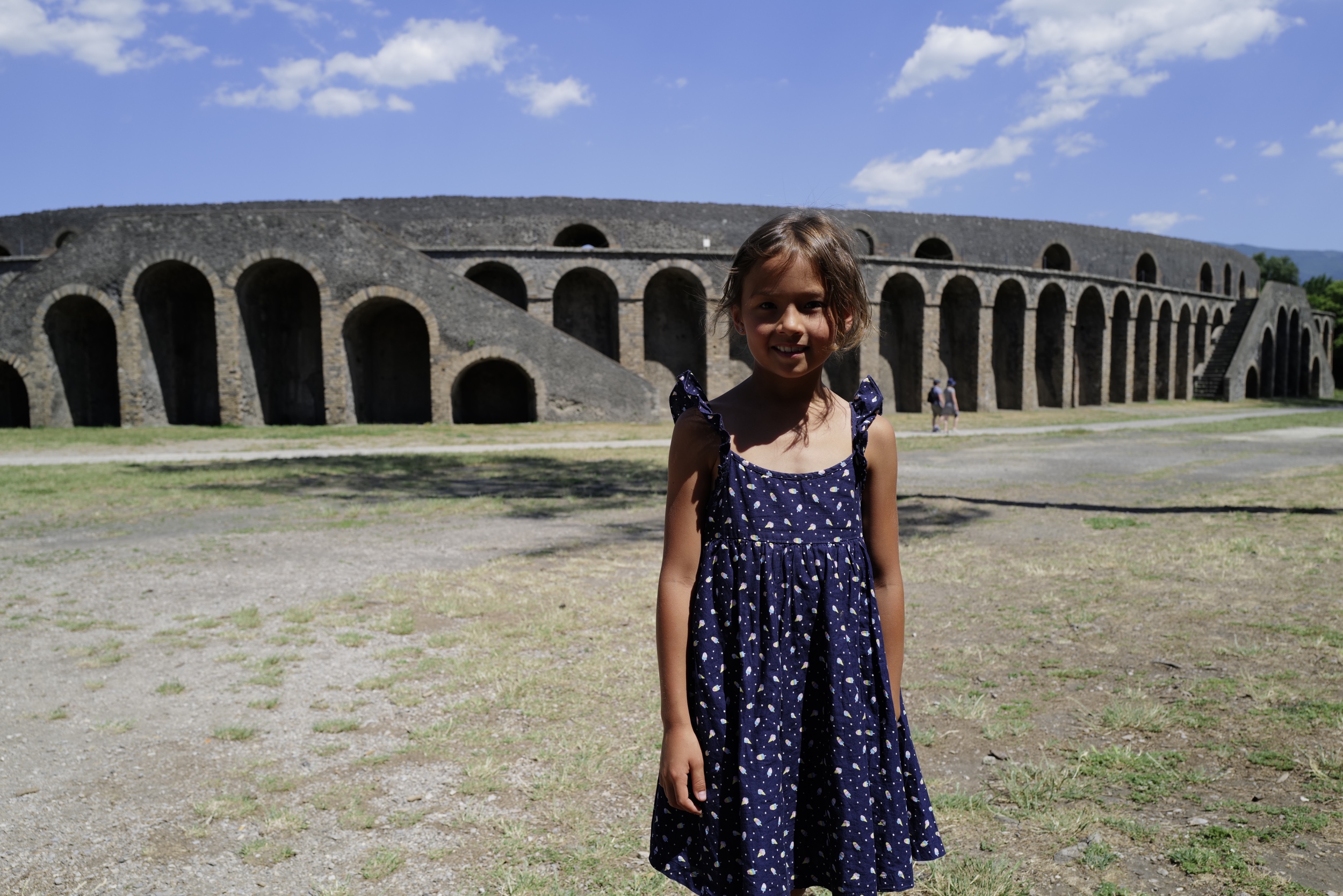
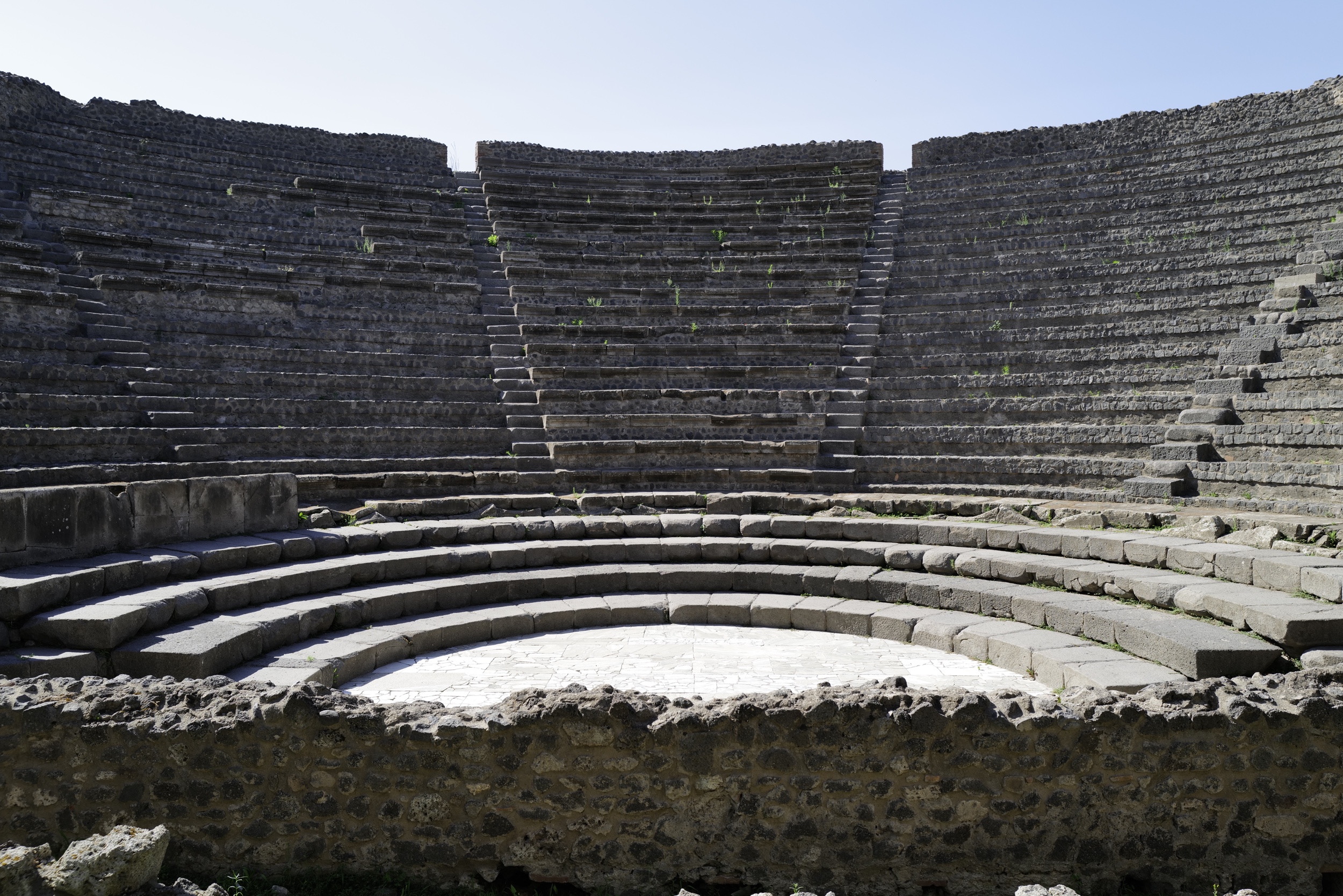
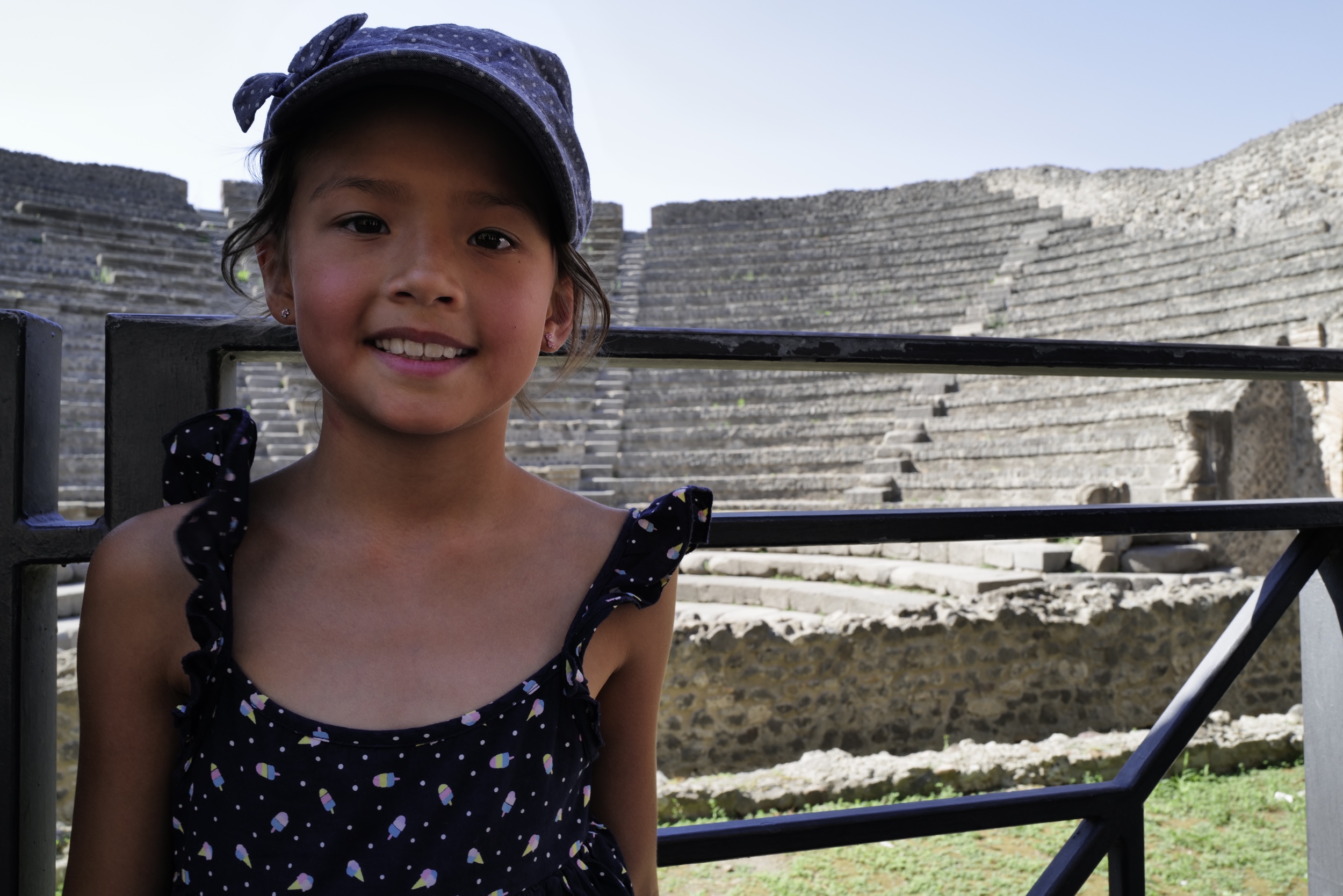
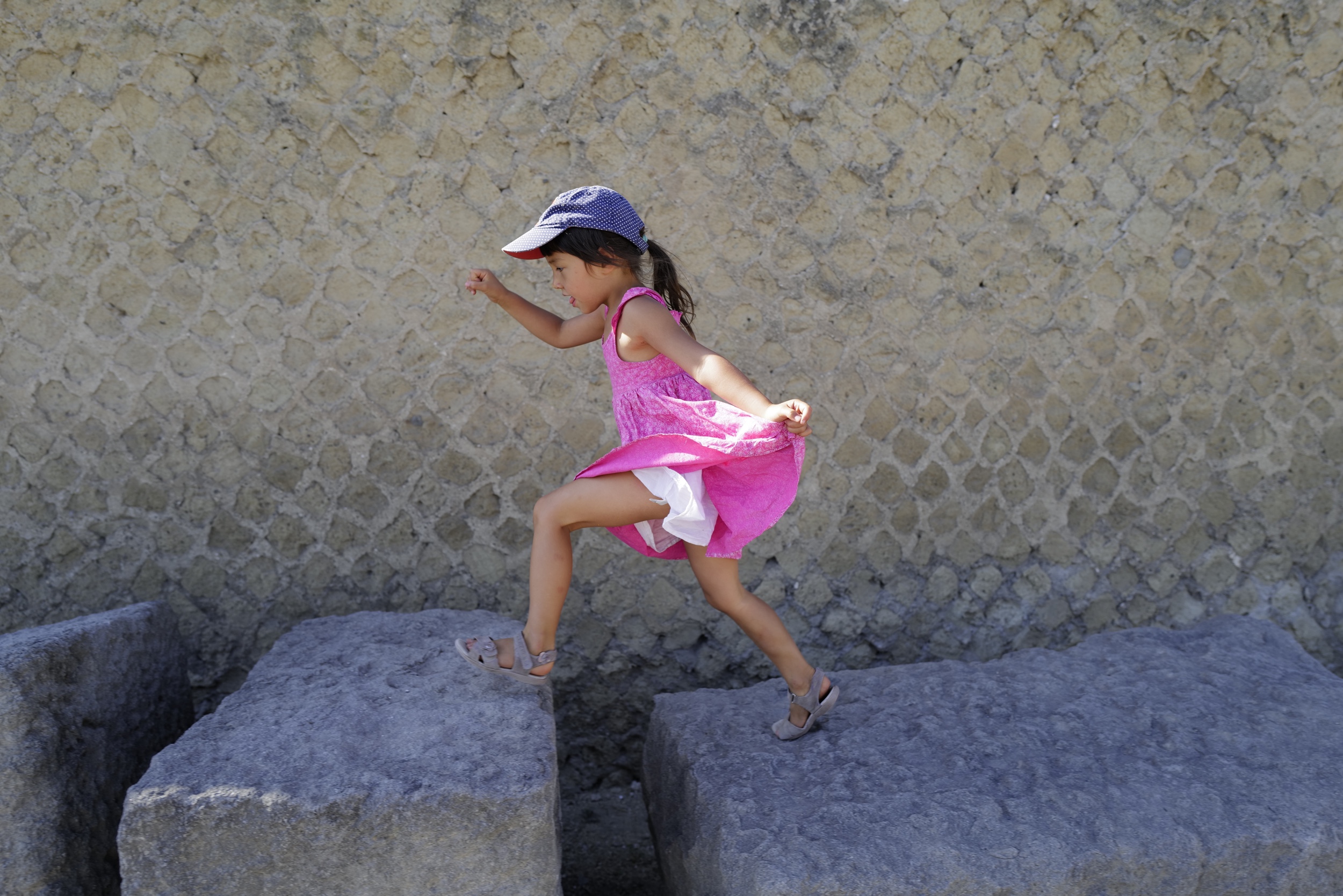
One of the most interesting things for the kids were plaster casts. When archeologists removed the layers of ashes, they discovered cavities. These had formed because organic material like corpses or wooden items like doors had been degraded whereas the ashes around them were still there.
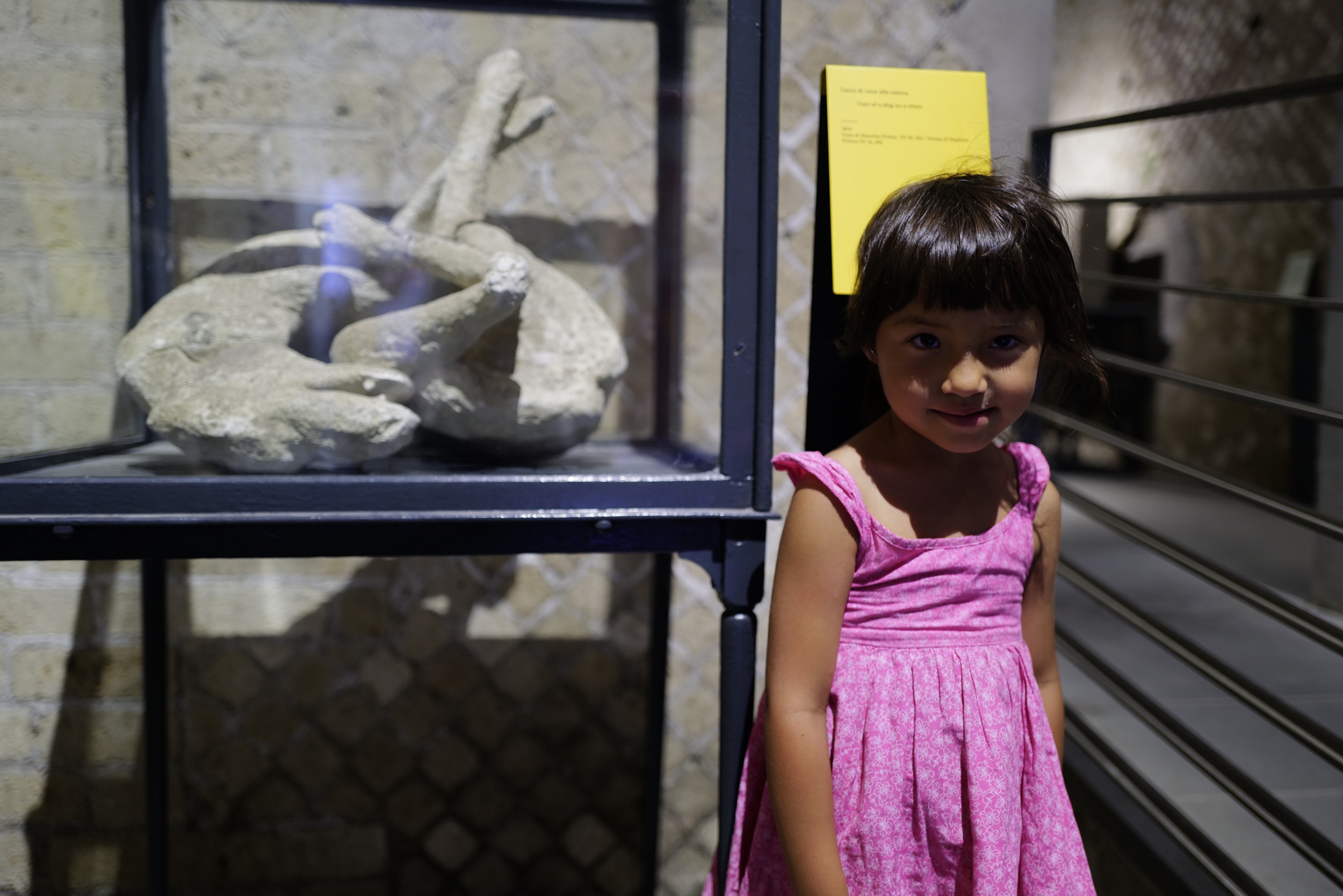
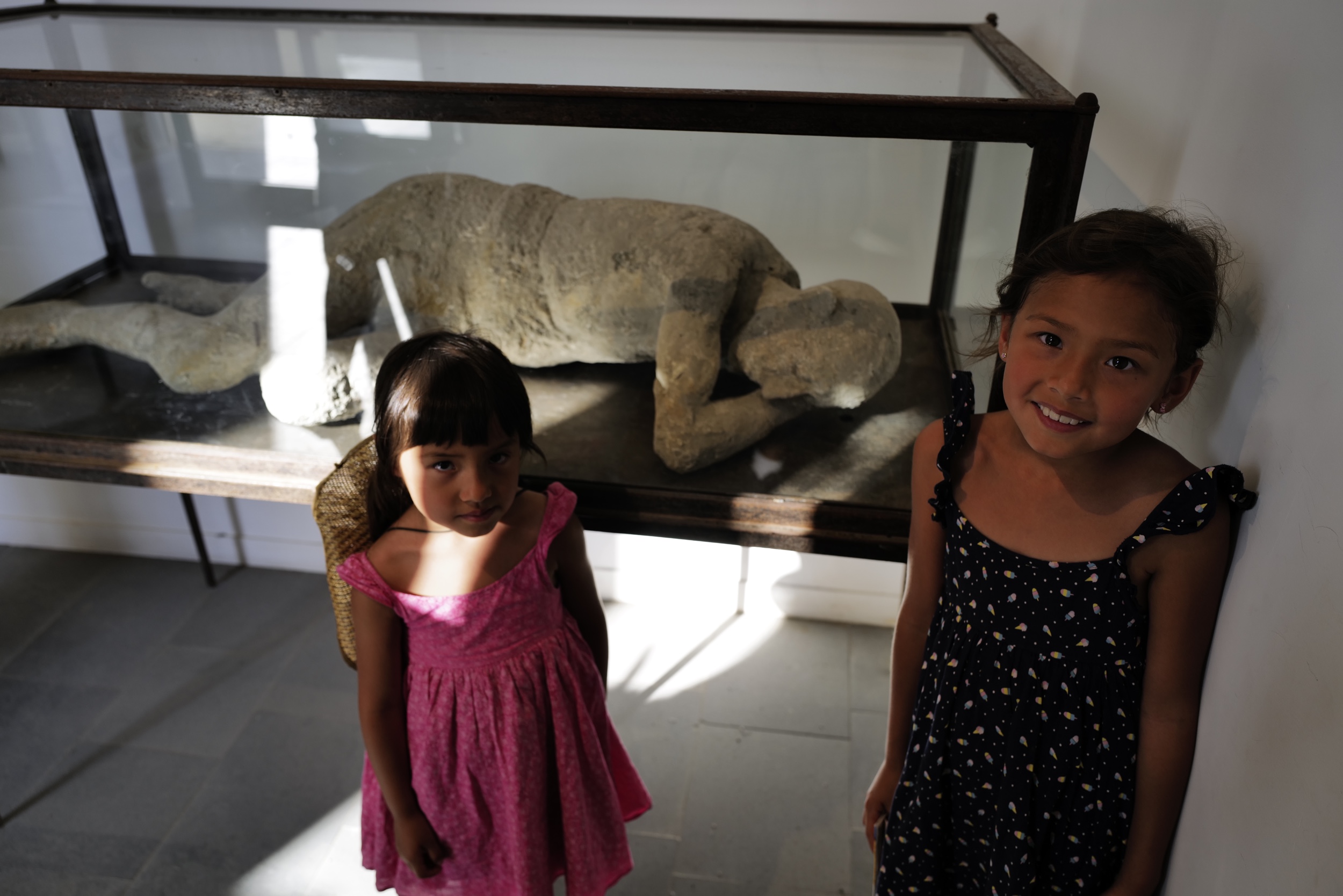
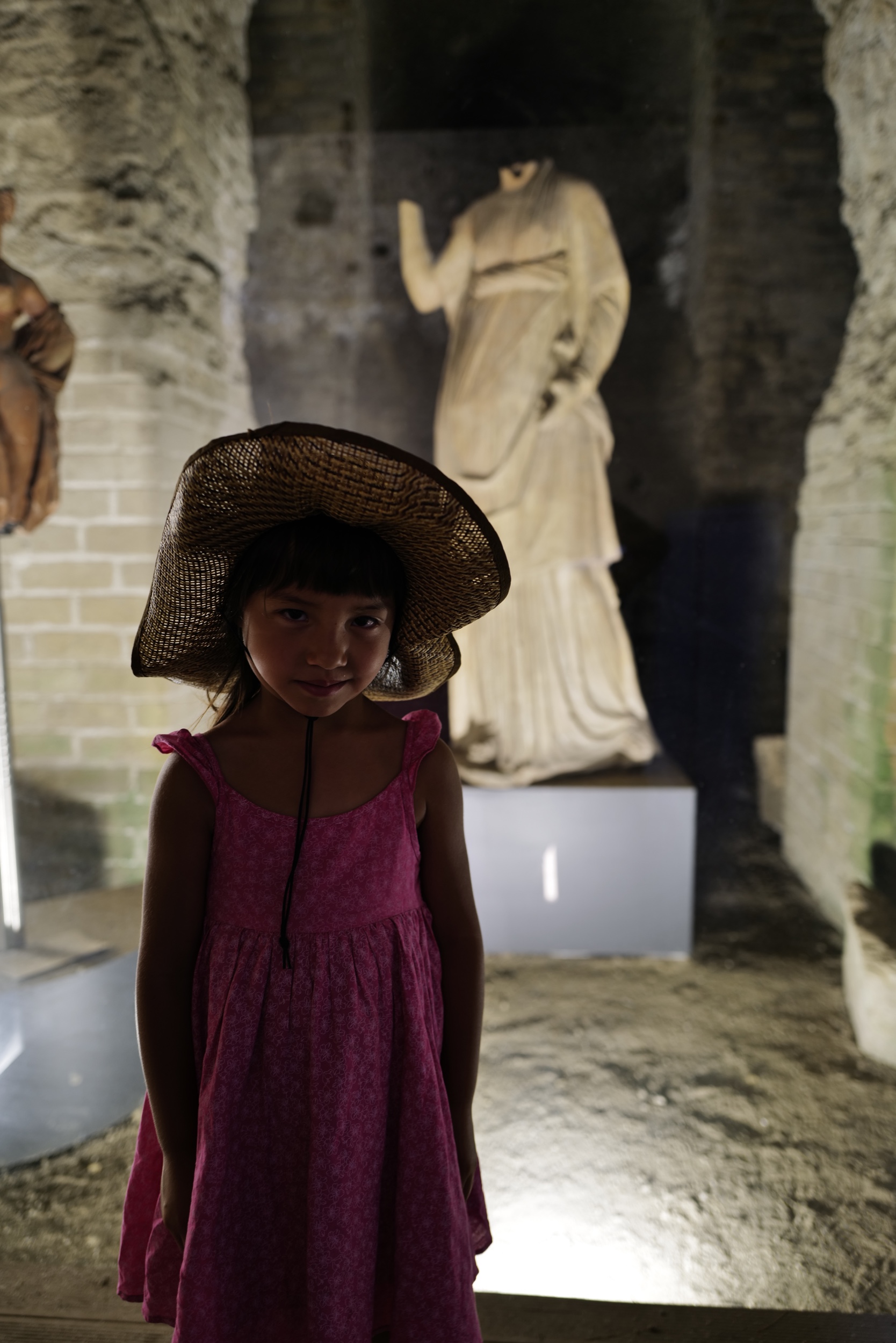
So the scientists decided to inject liquid plaster before removing the ashes. The bodies had not been burned because the ashes that rained on Pompei were cool.
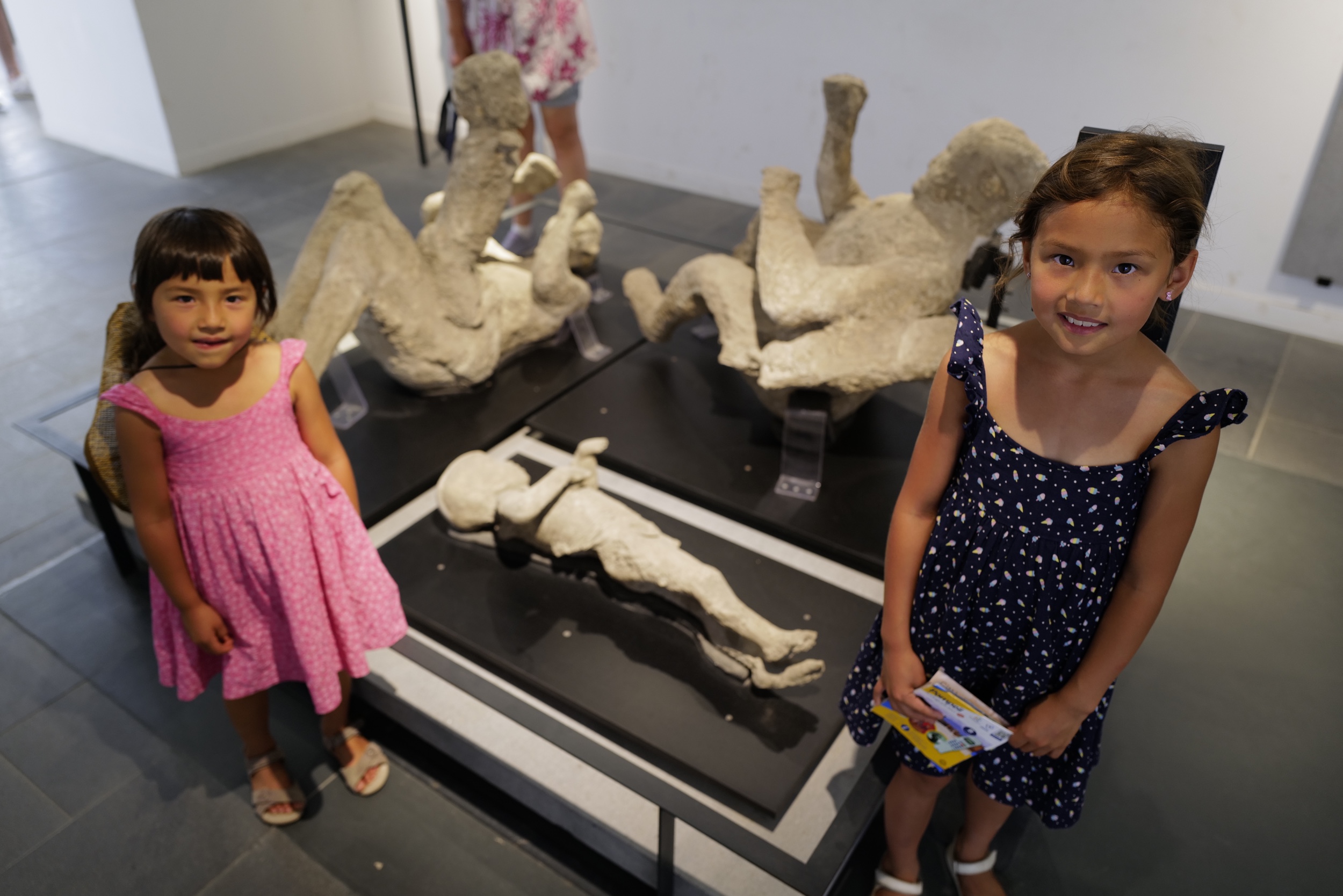

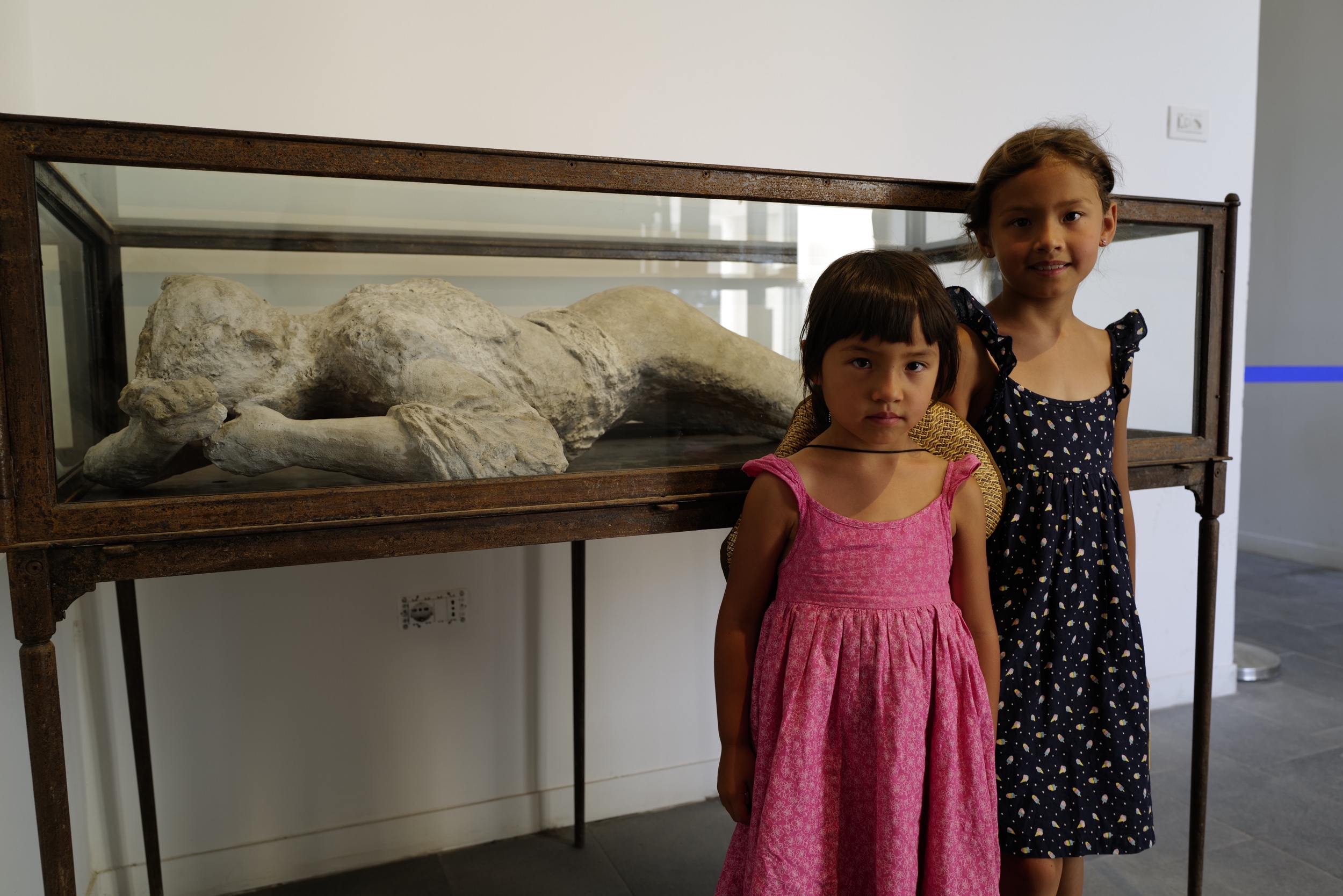
Where we parked, our camping neighbours had a big fluffy dog that our girls so much wanted to pet. In the end, the whole family with one girl and one boy tried their very best to give us tips for Napoli that they also wanted to visit tomorrow. *grazie mille*
Leave a Reply